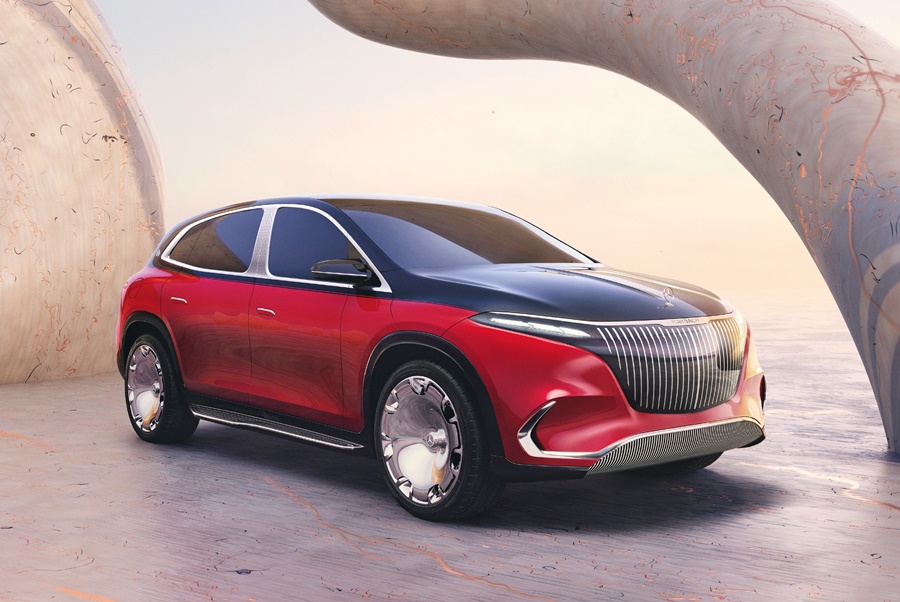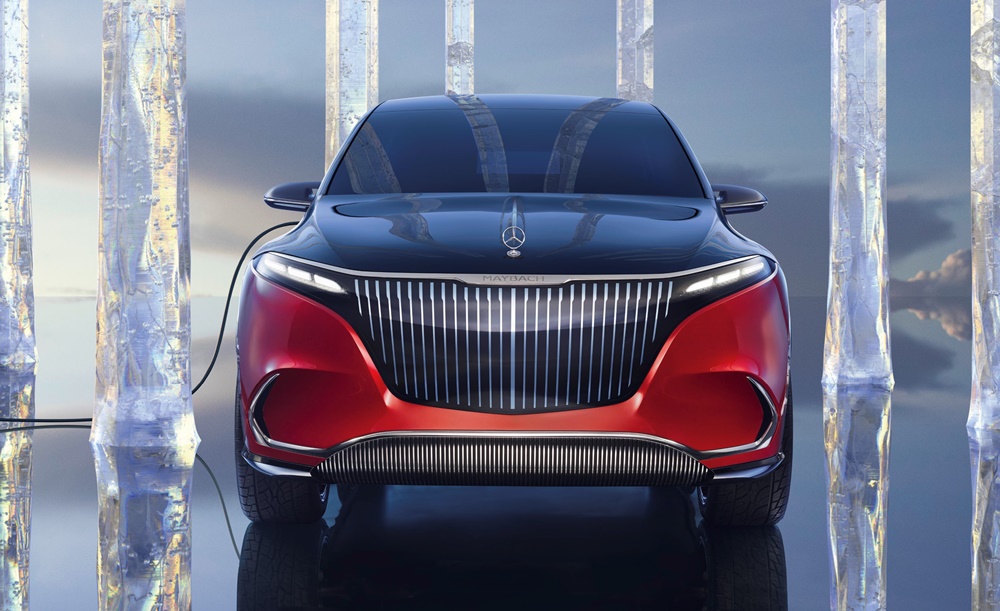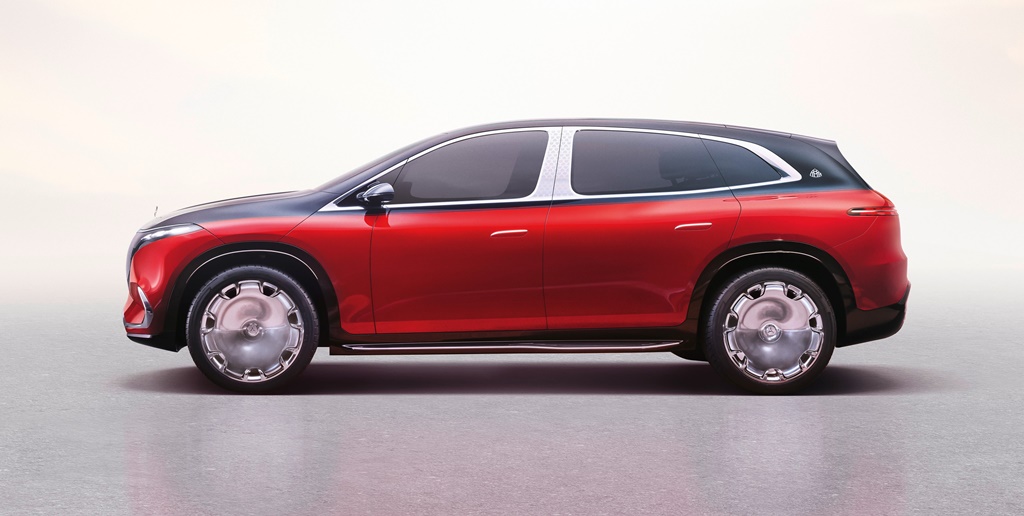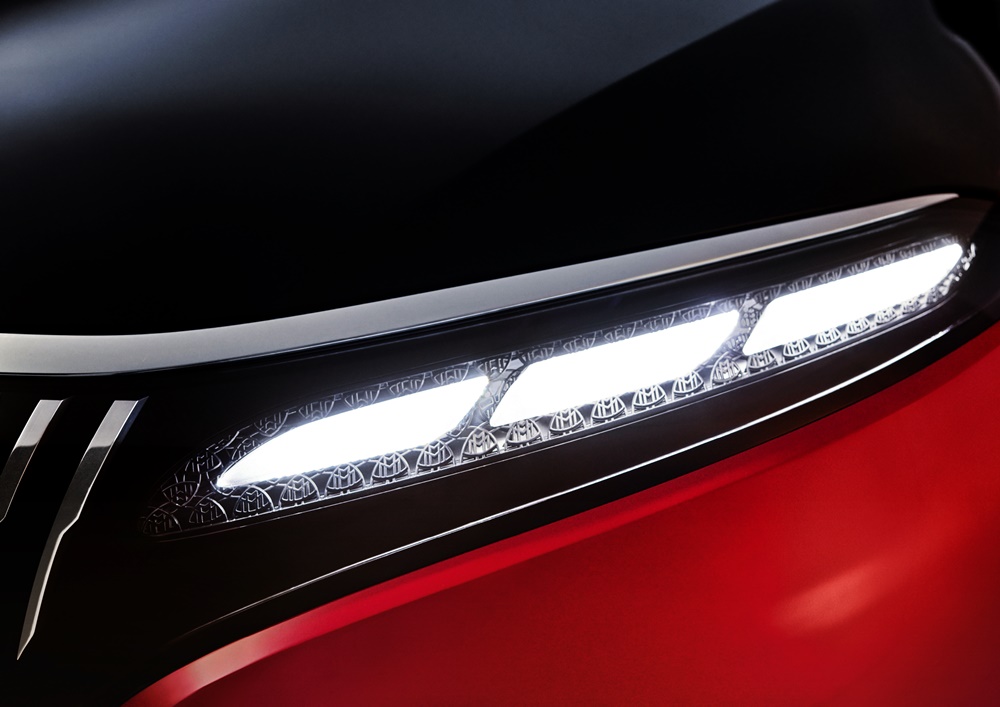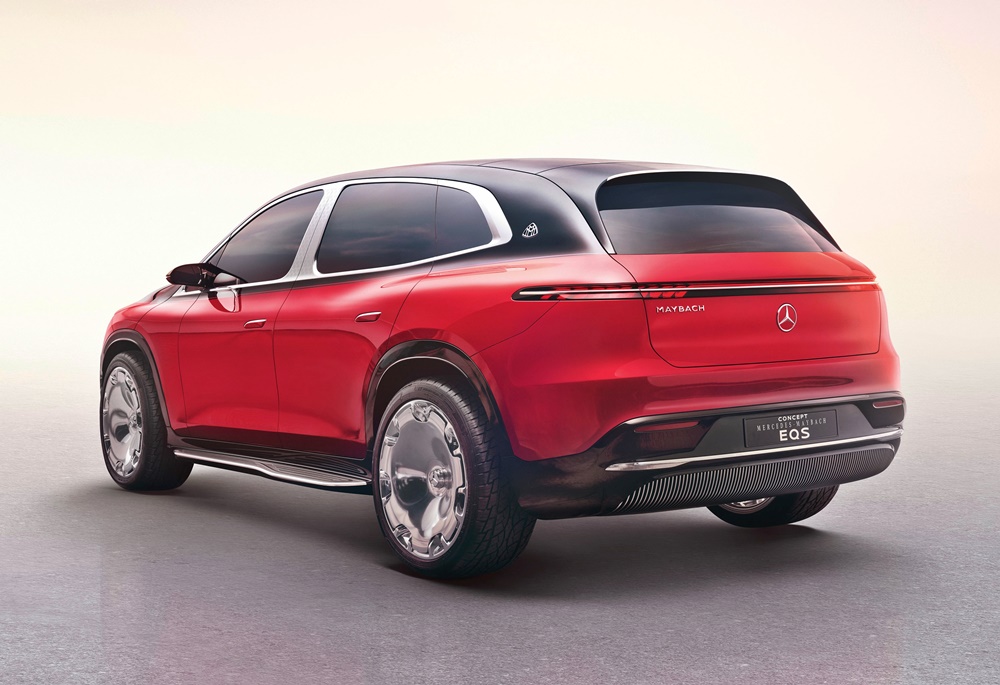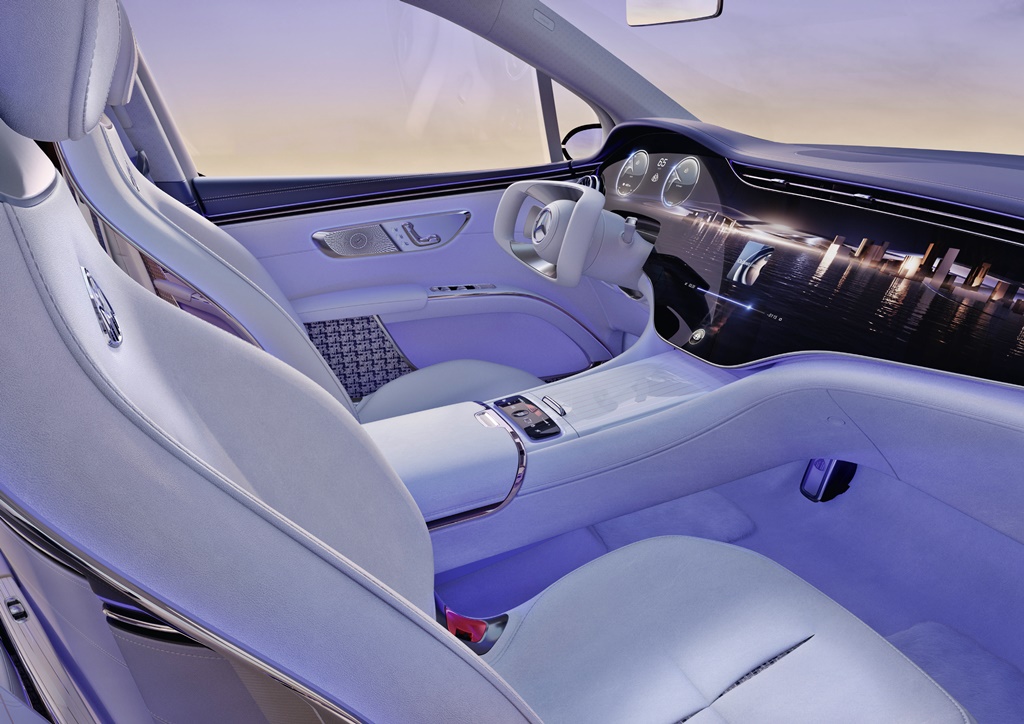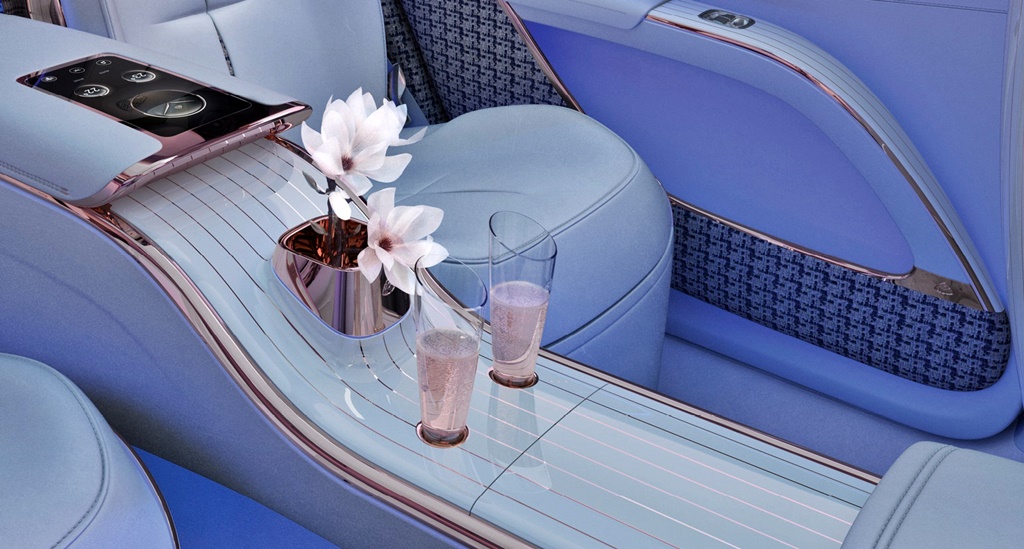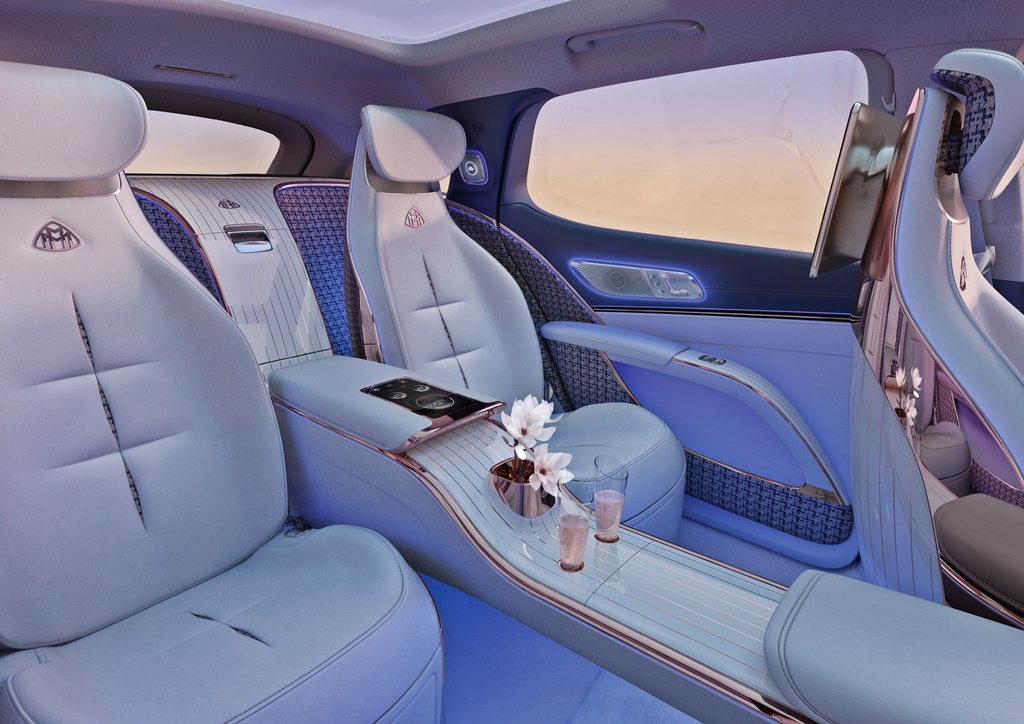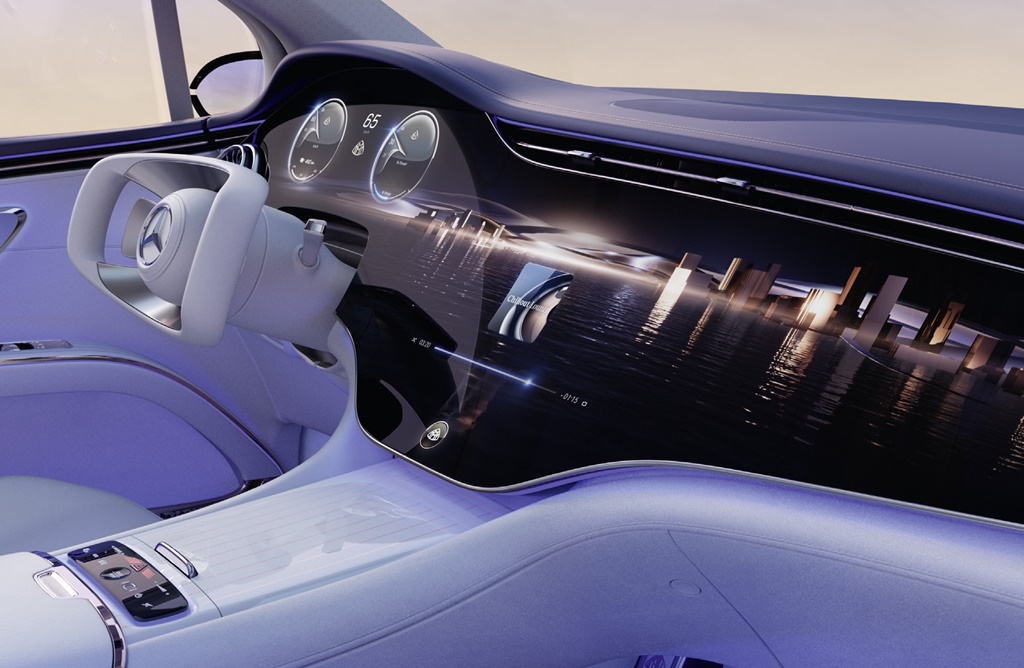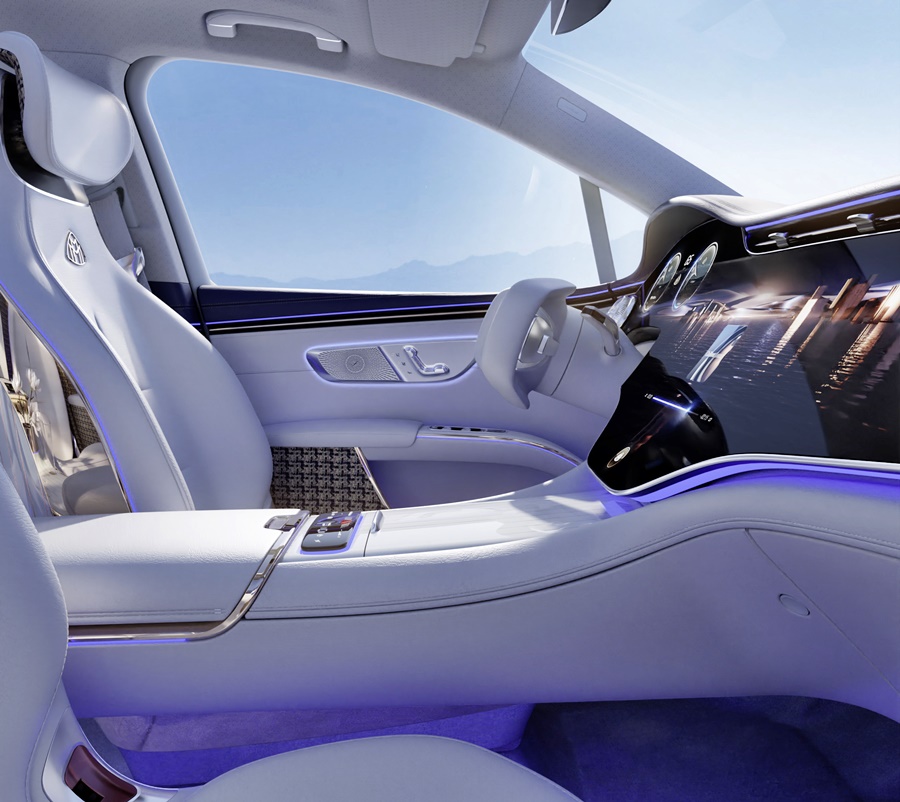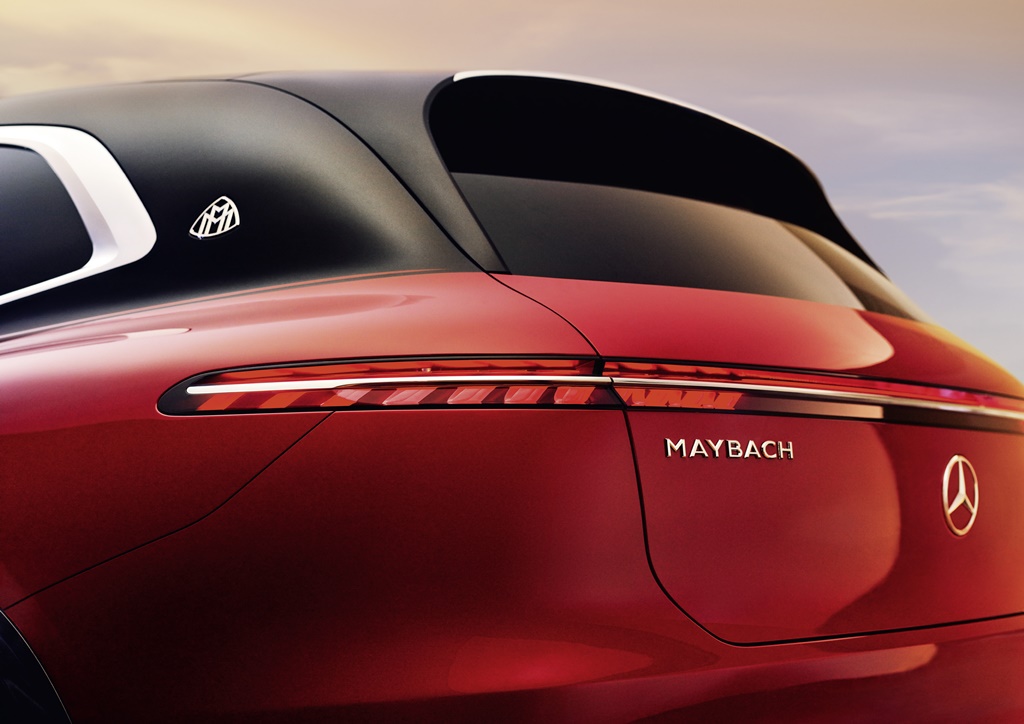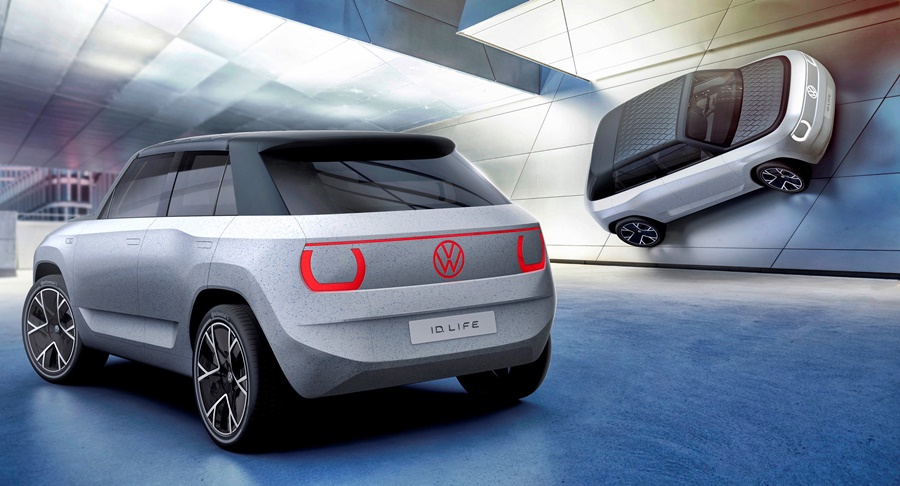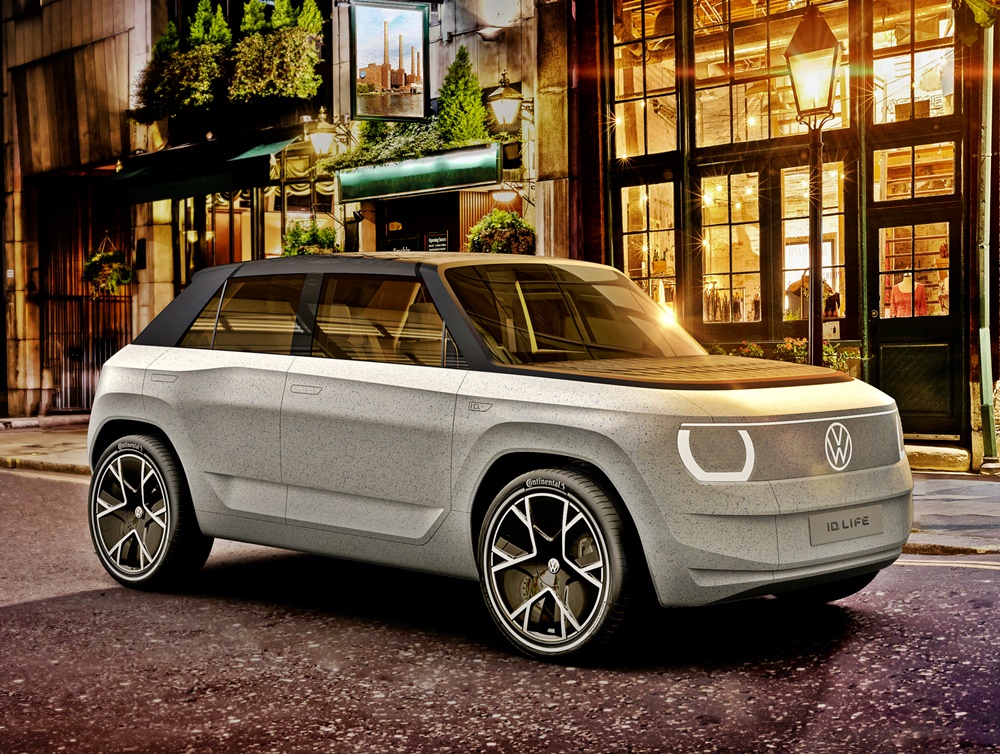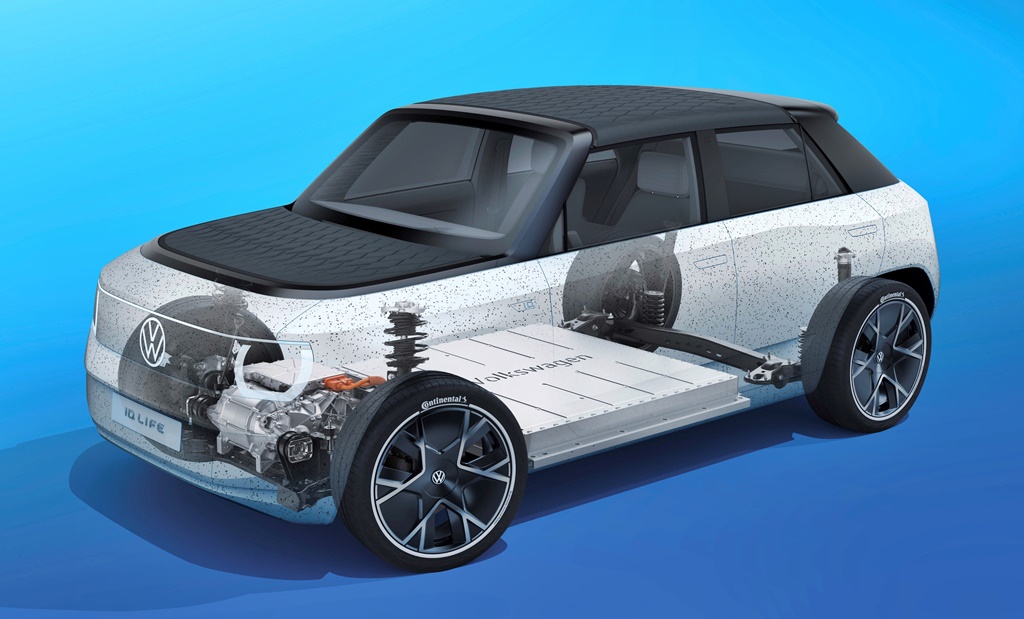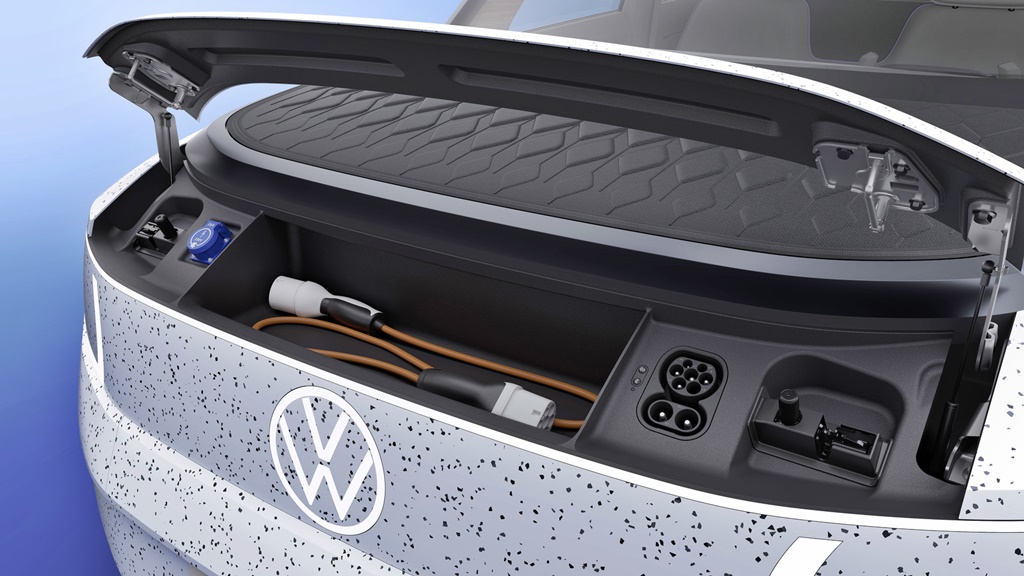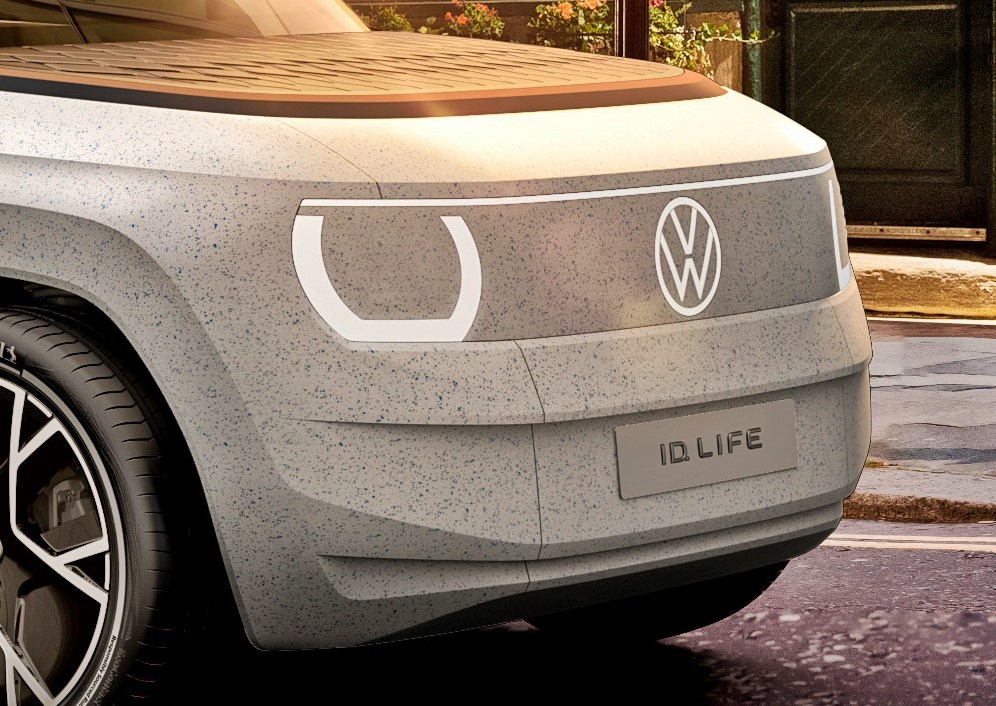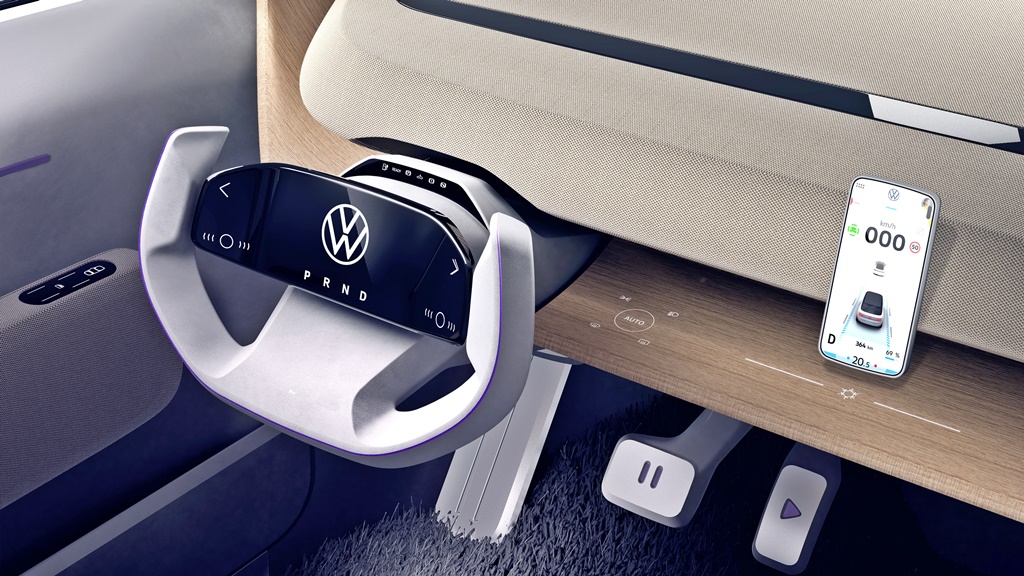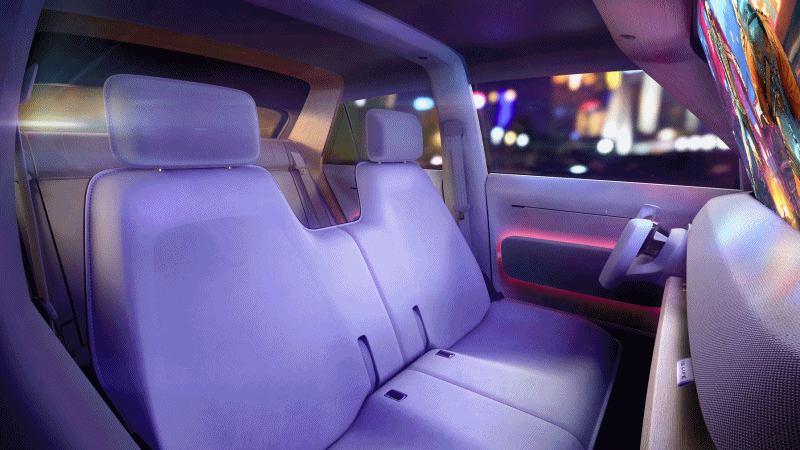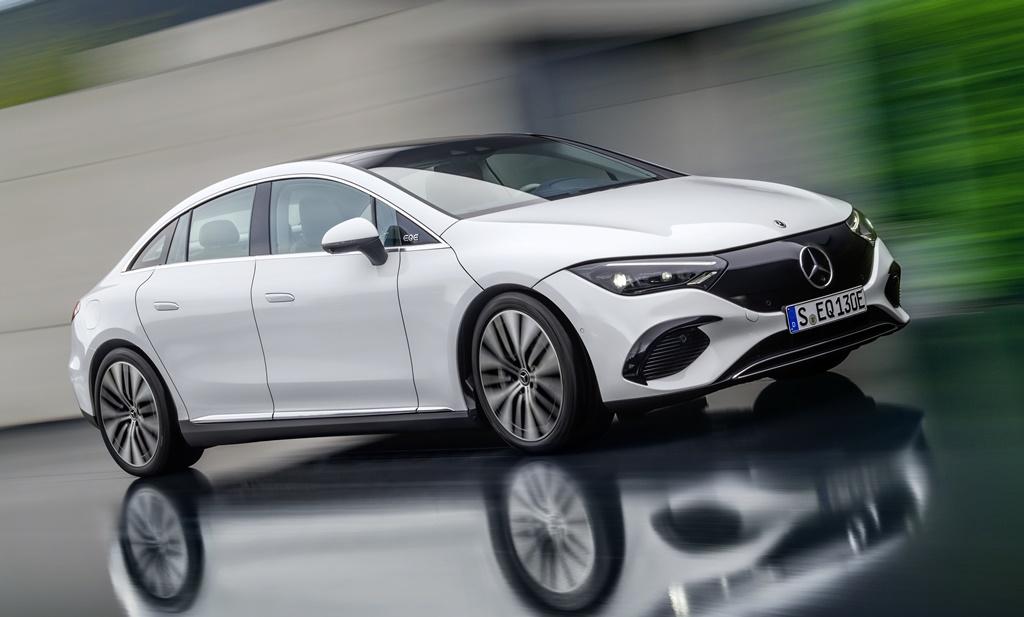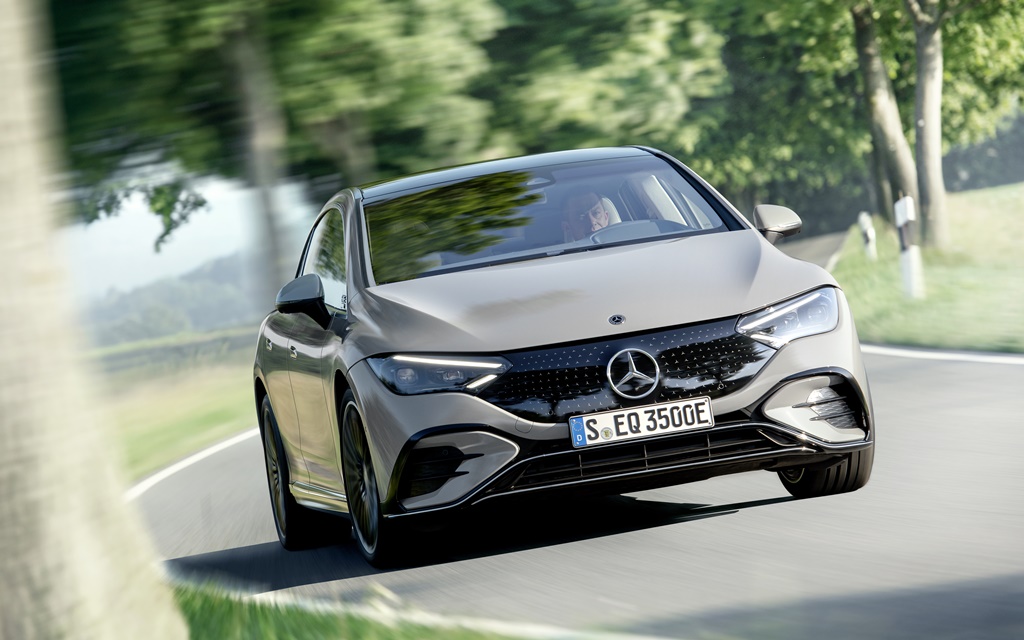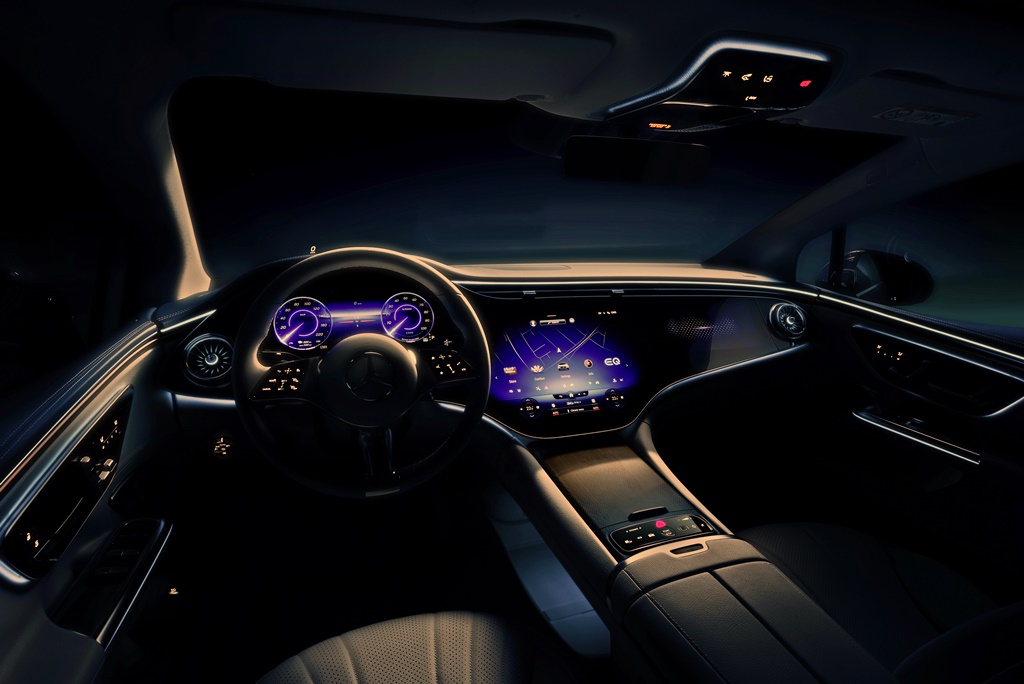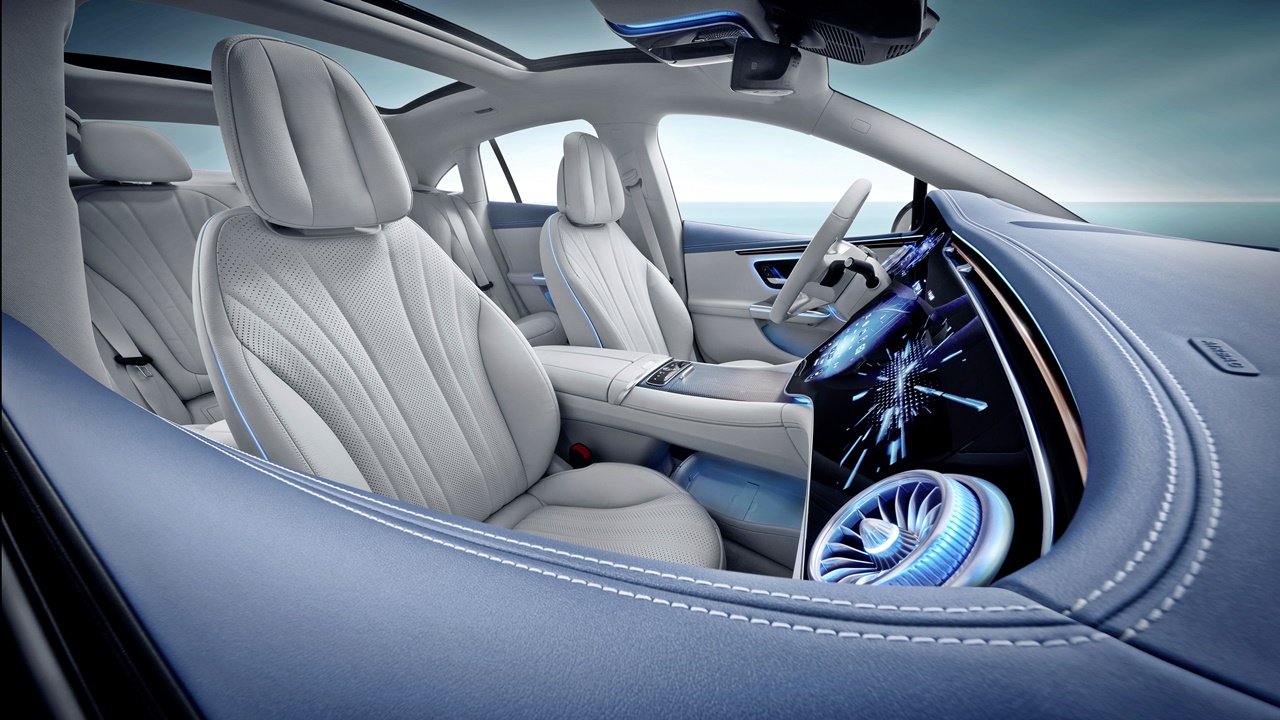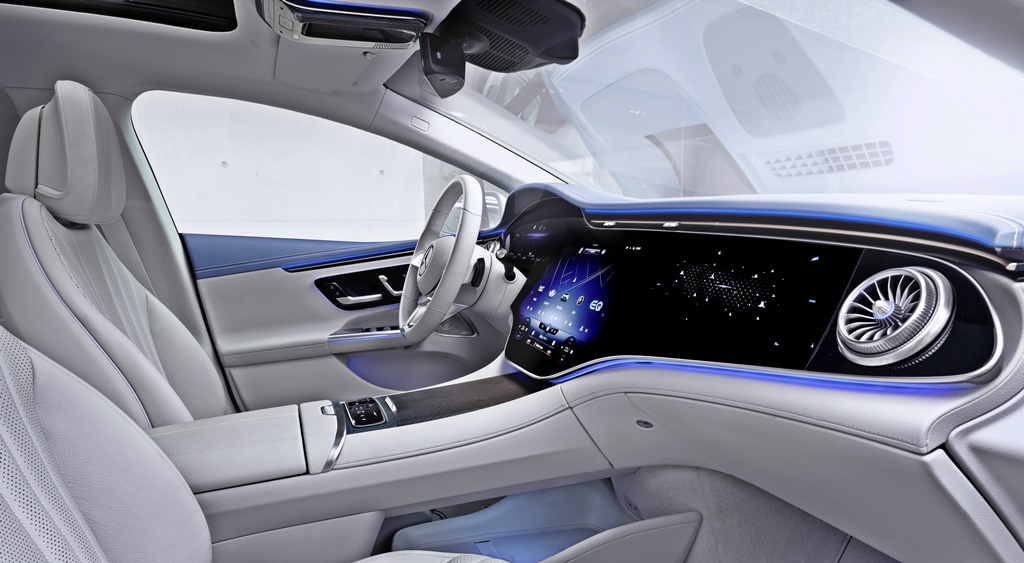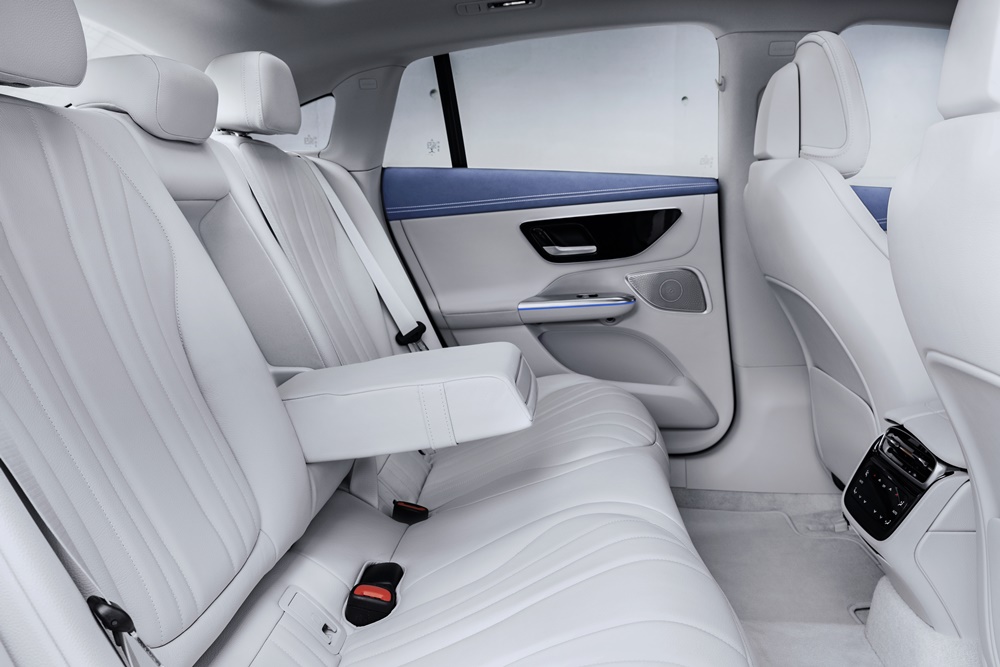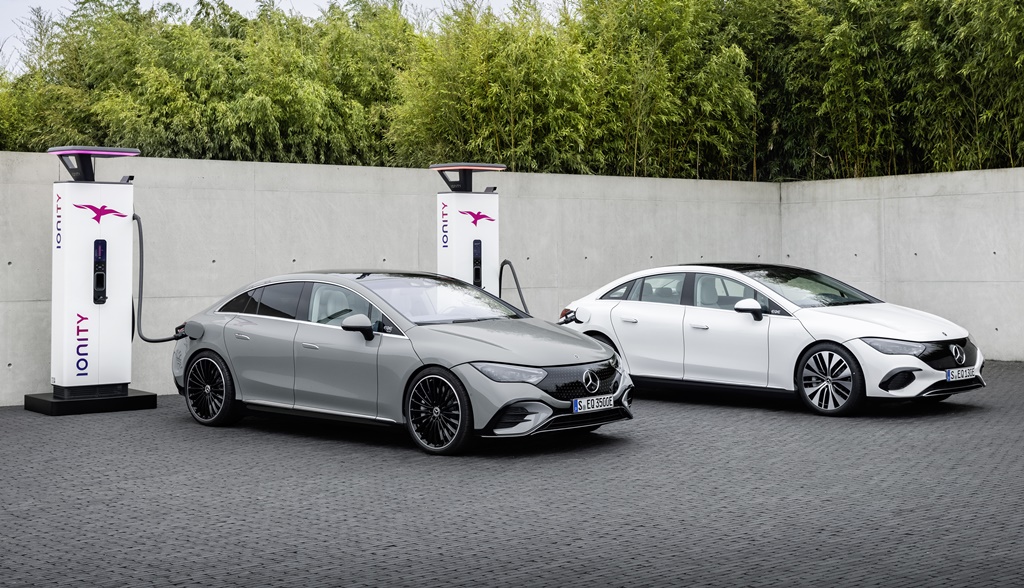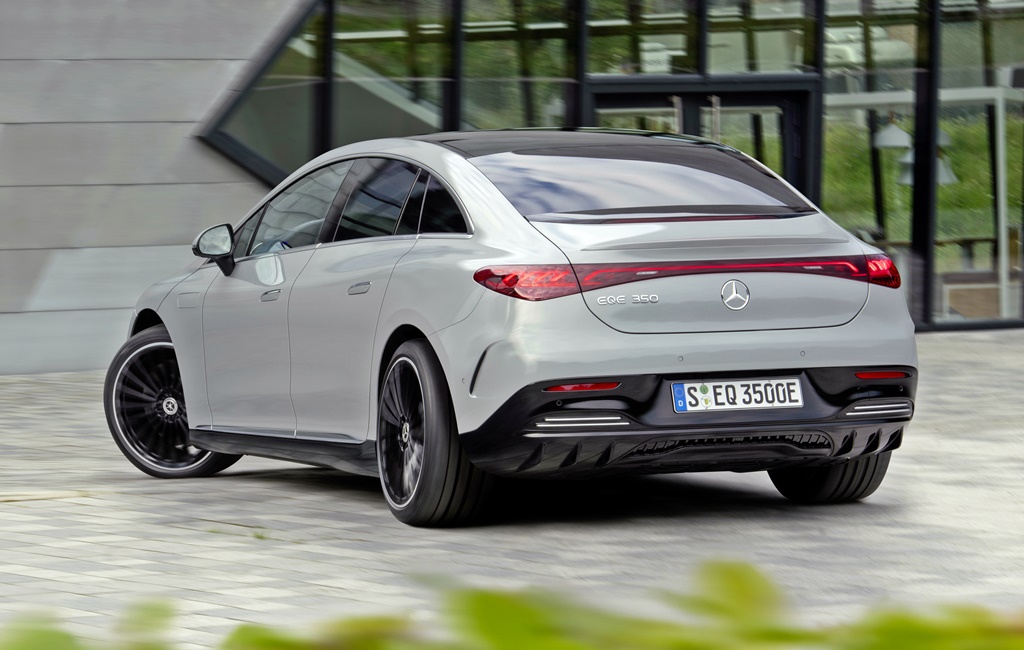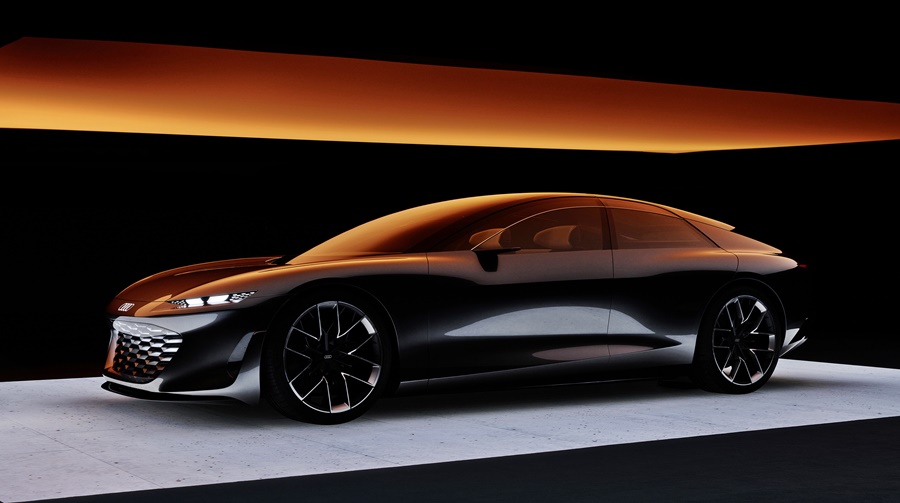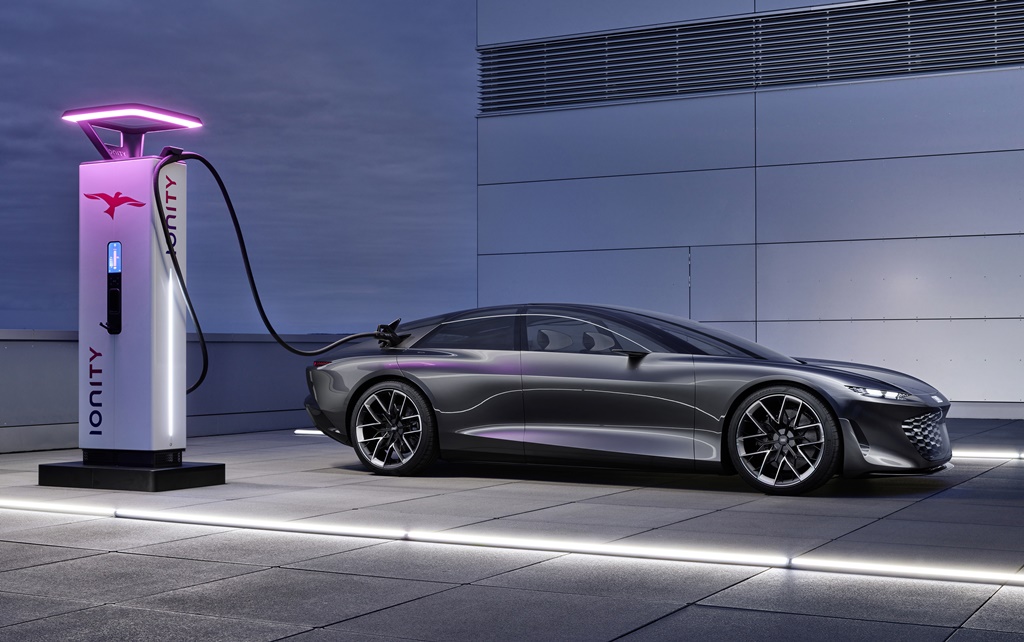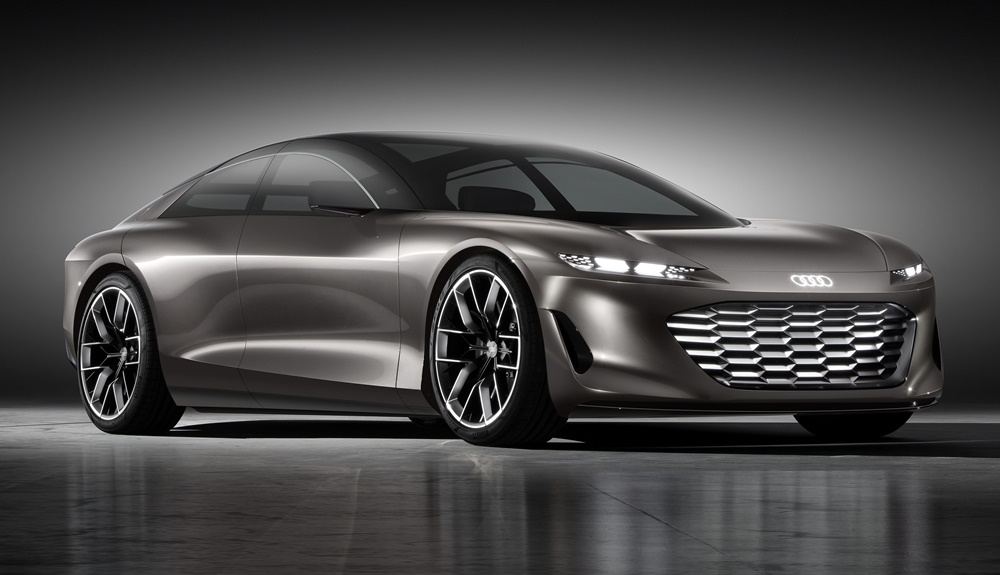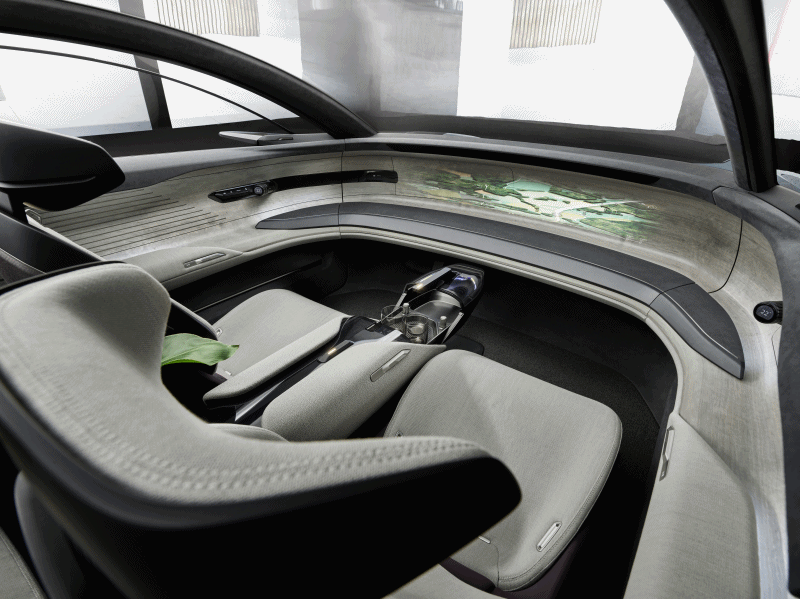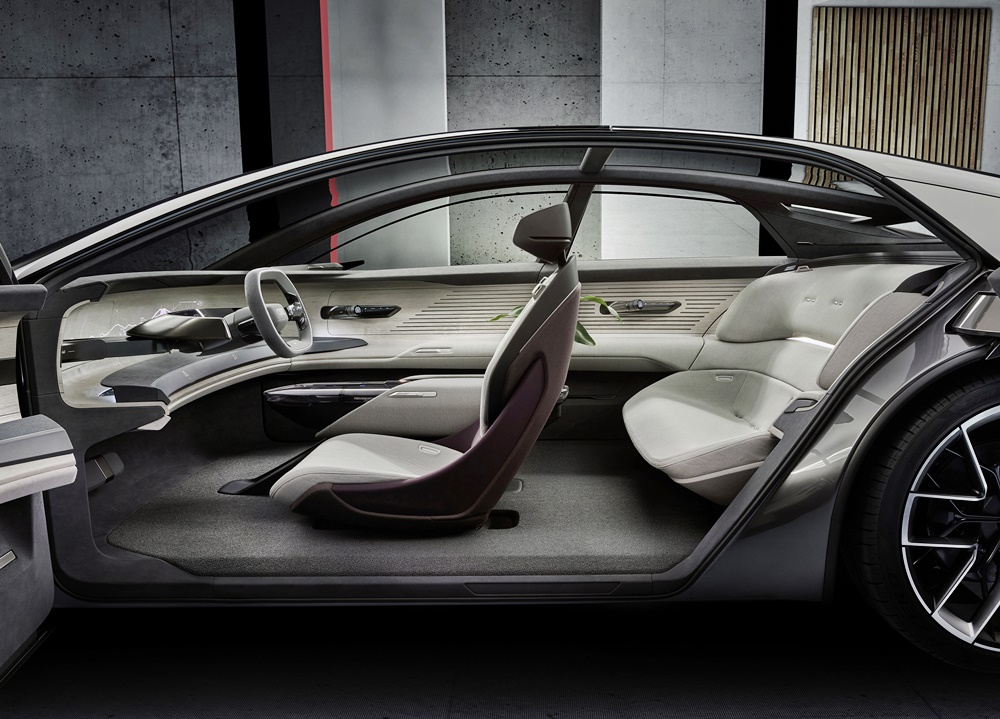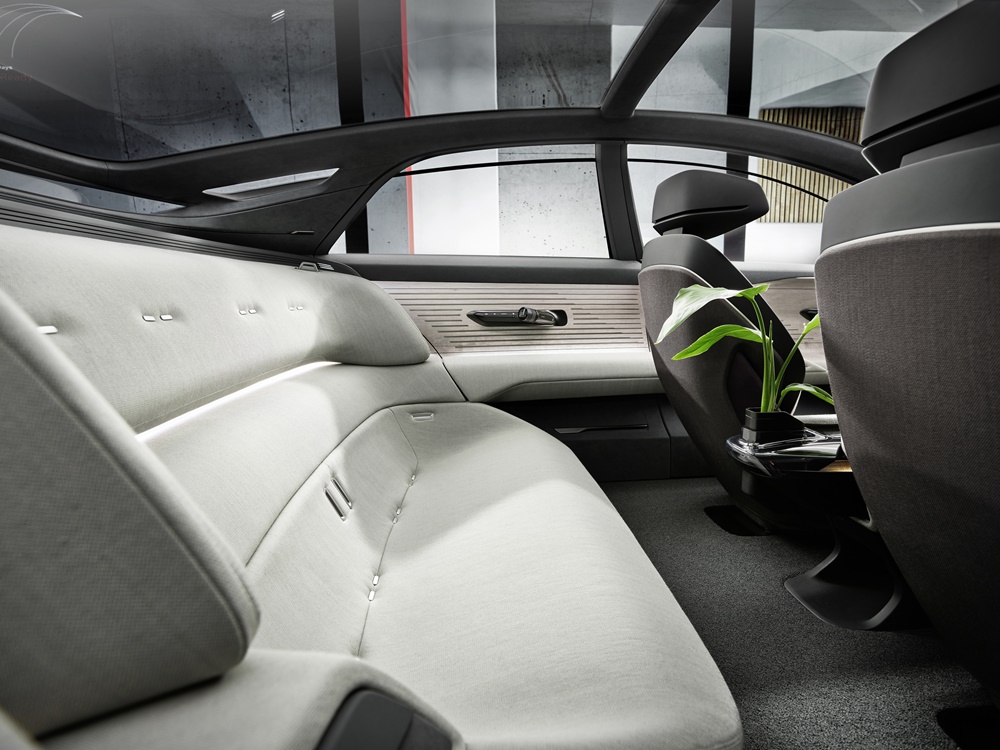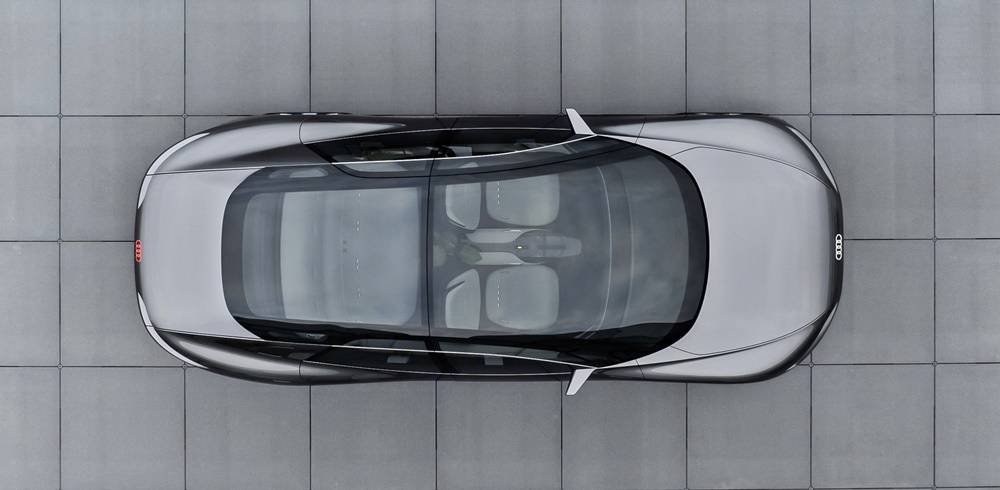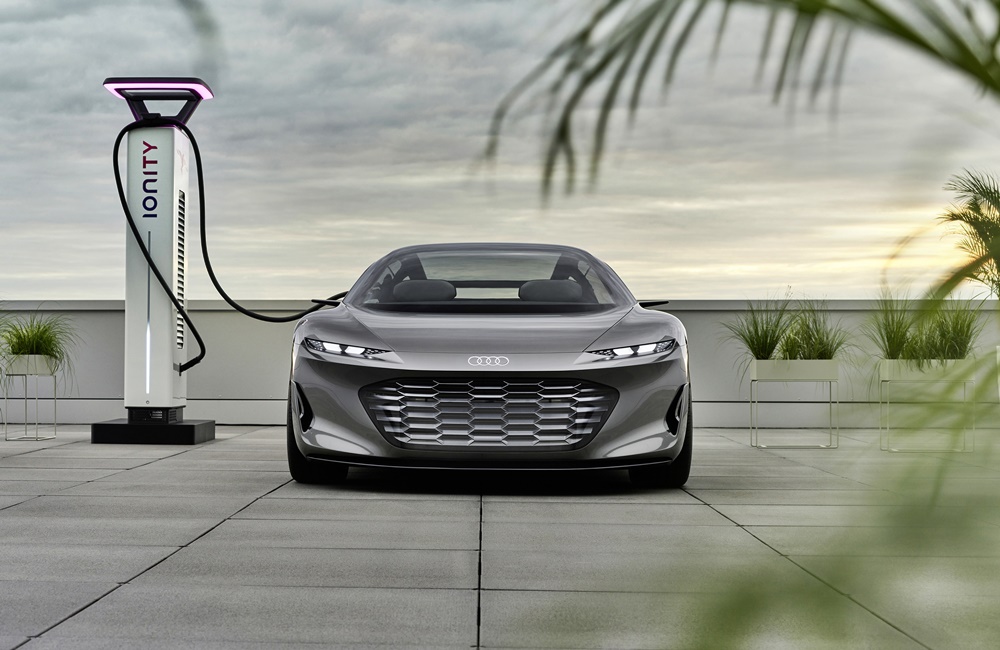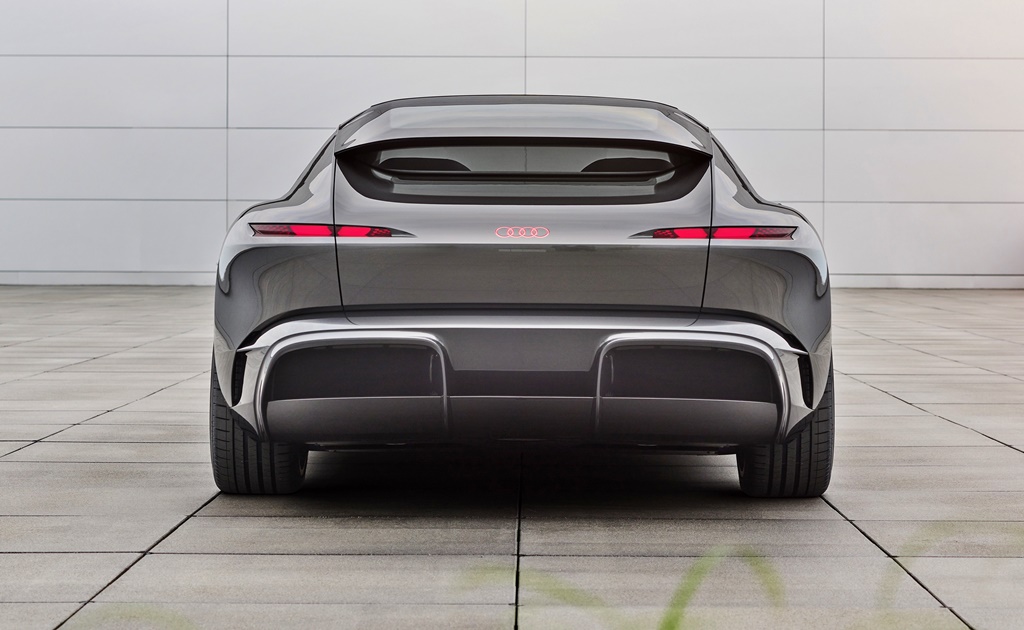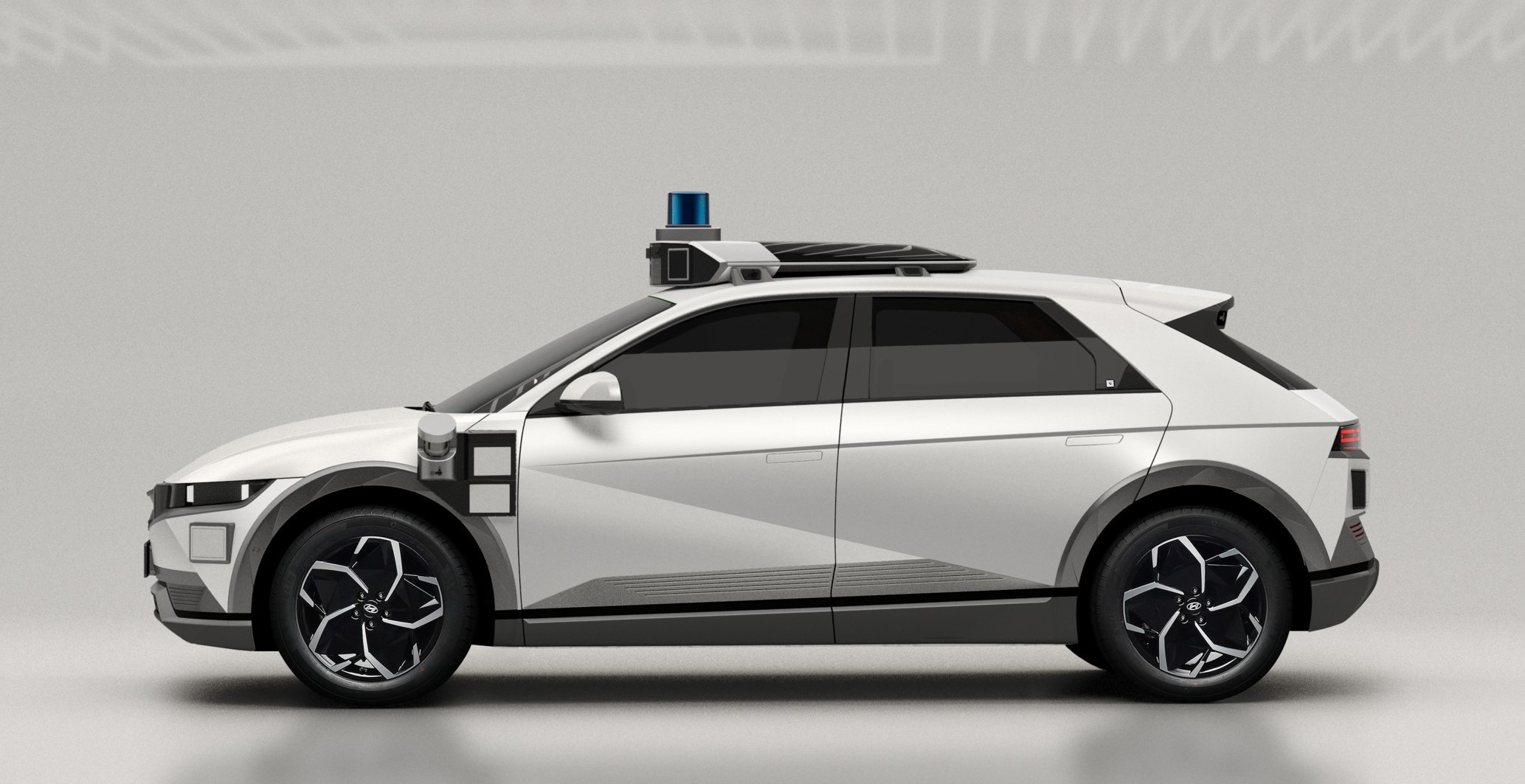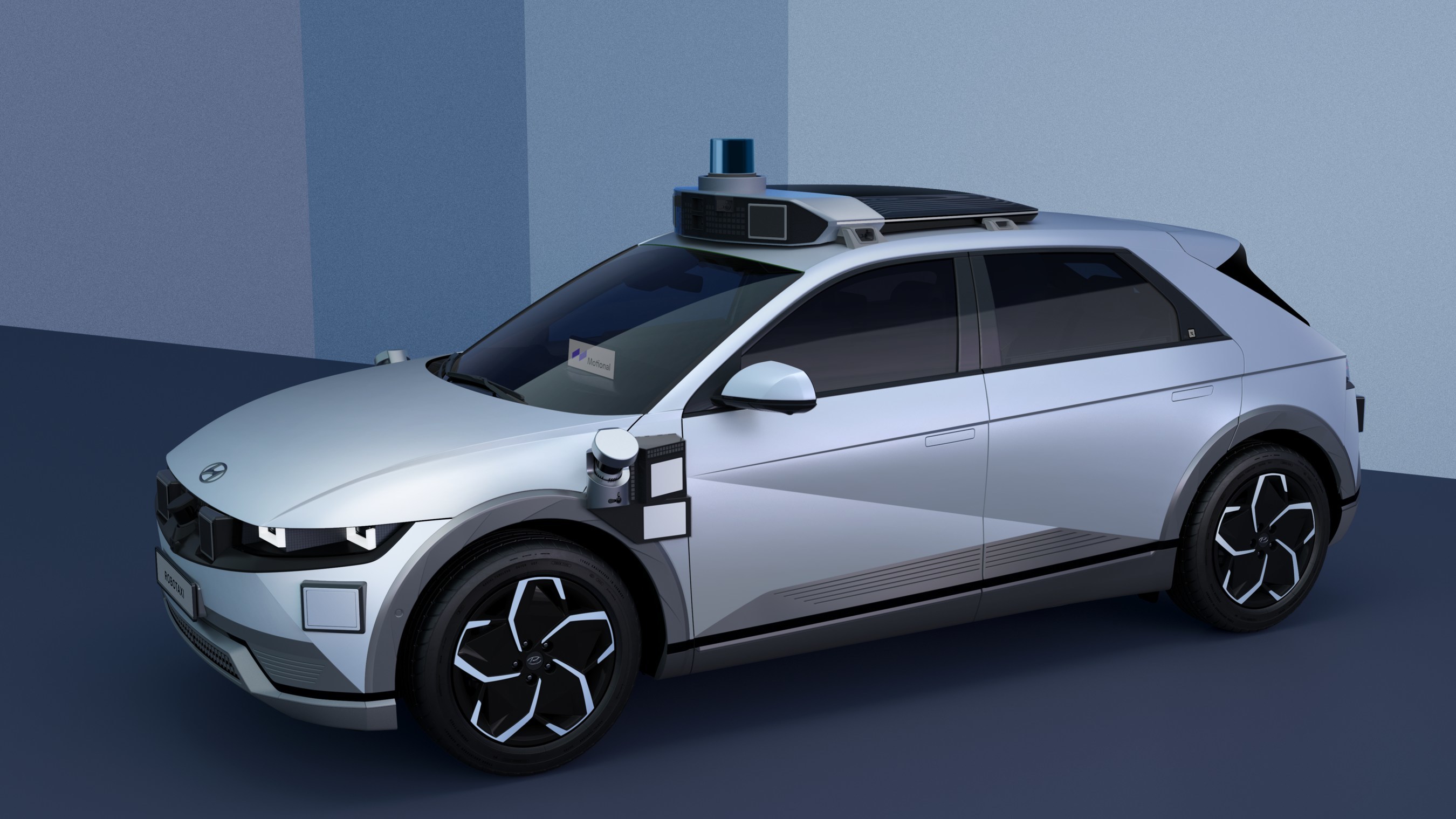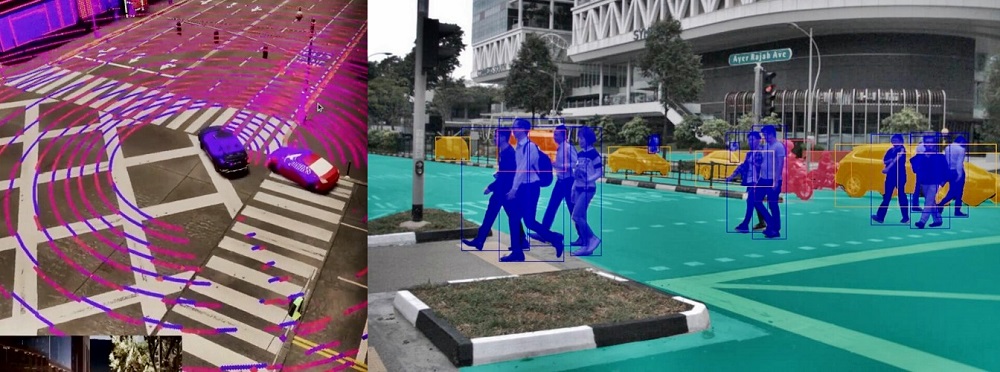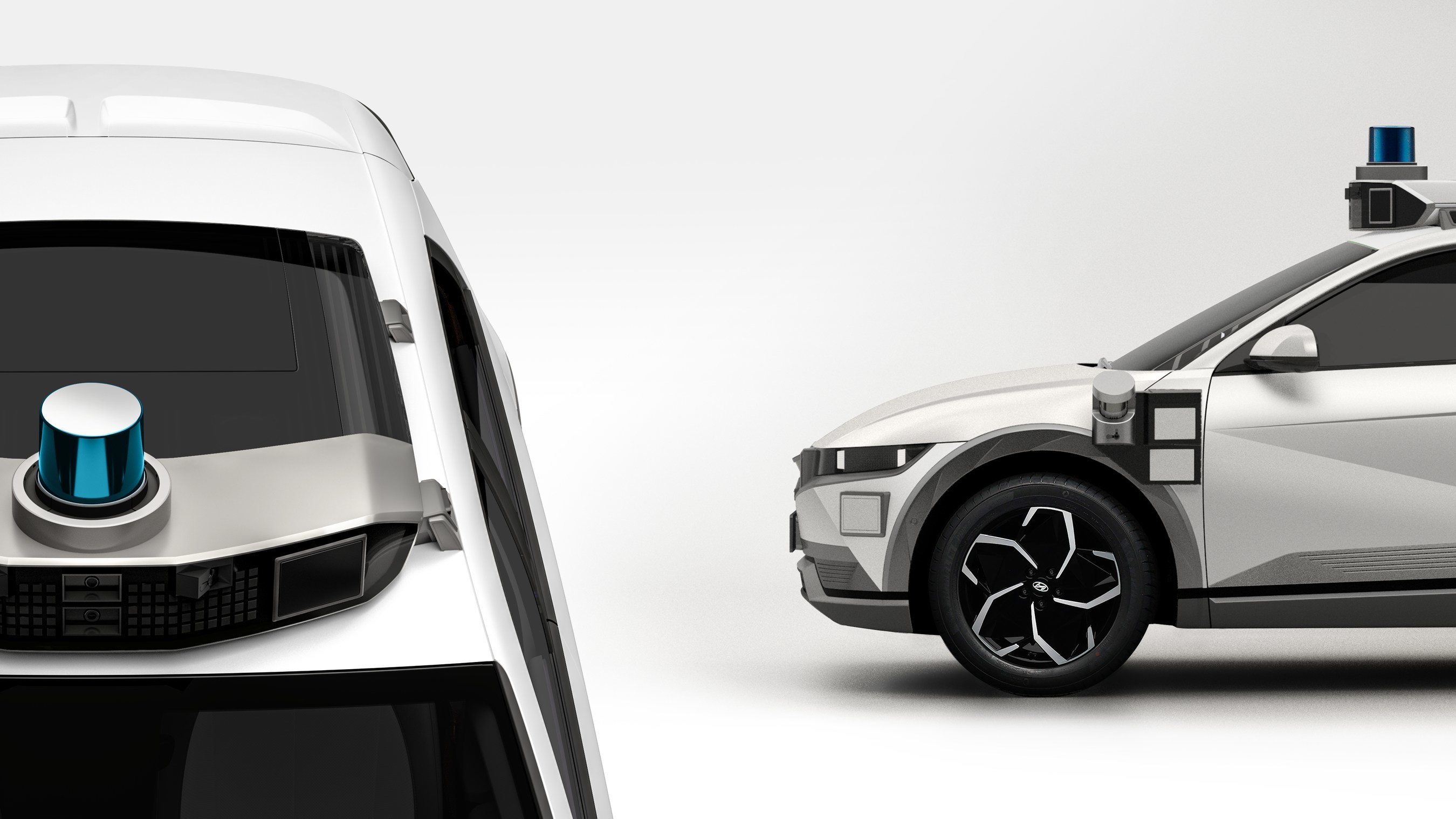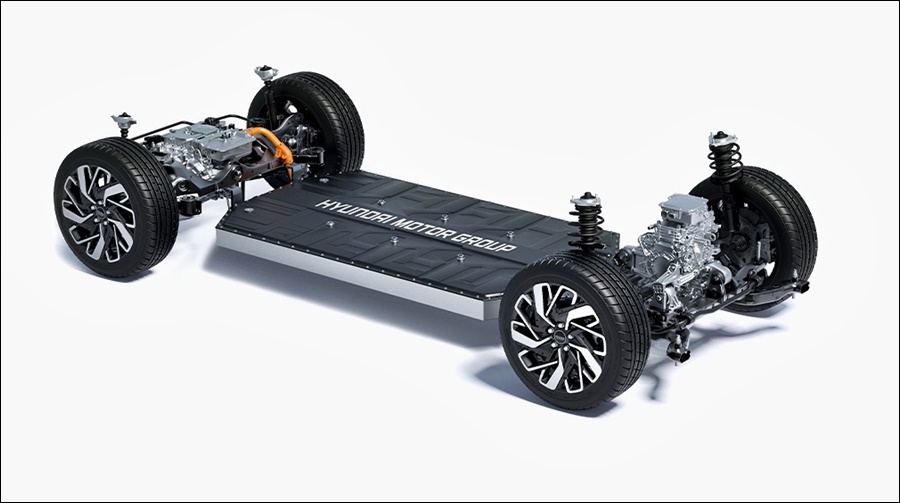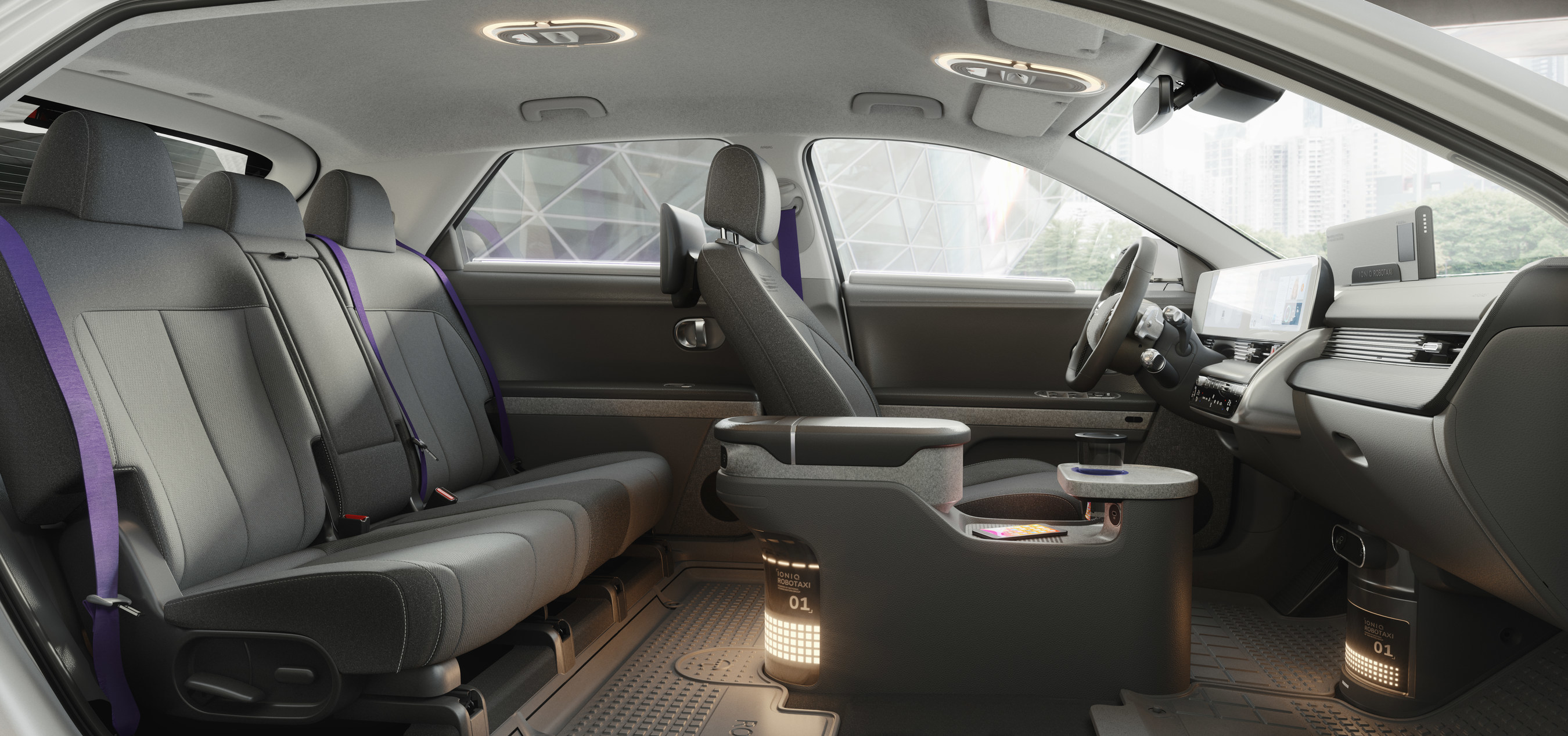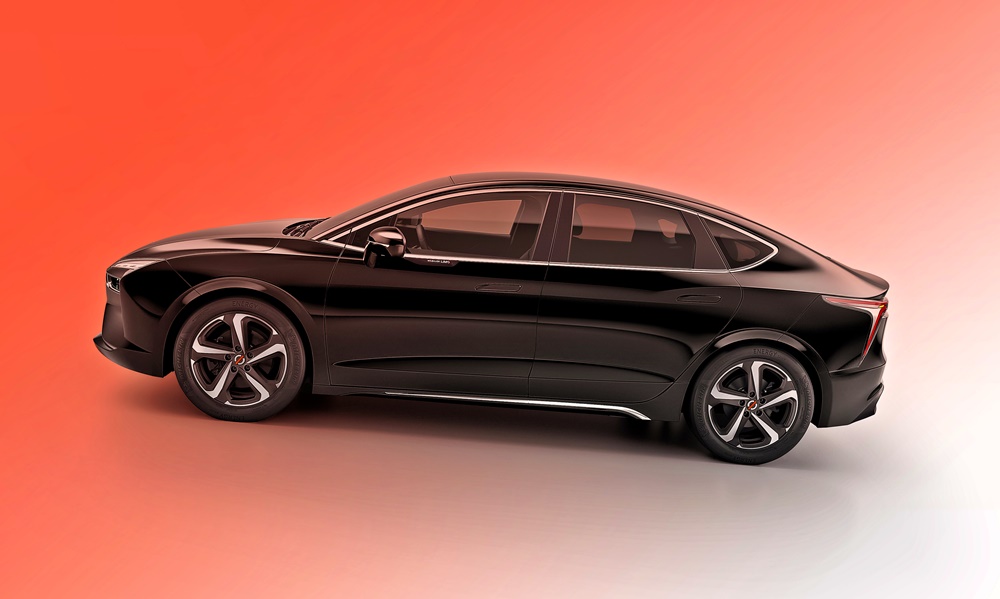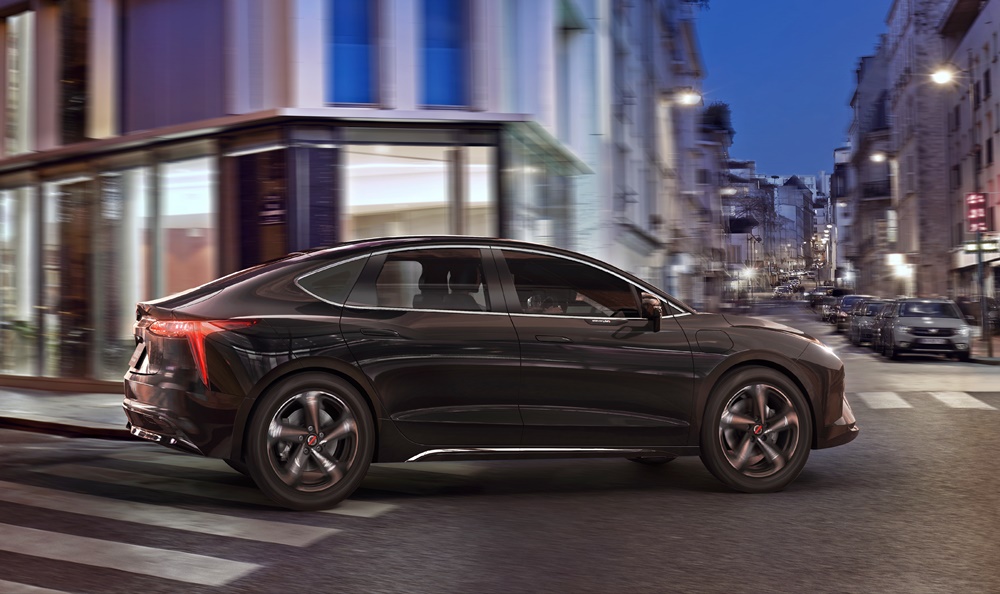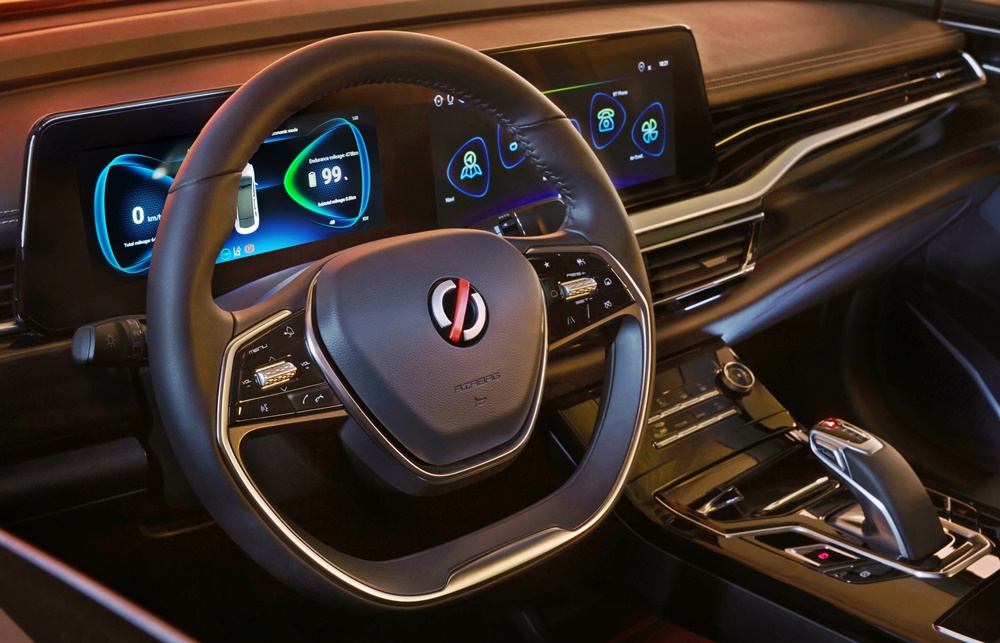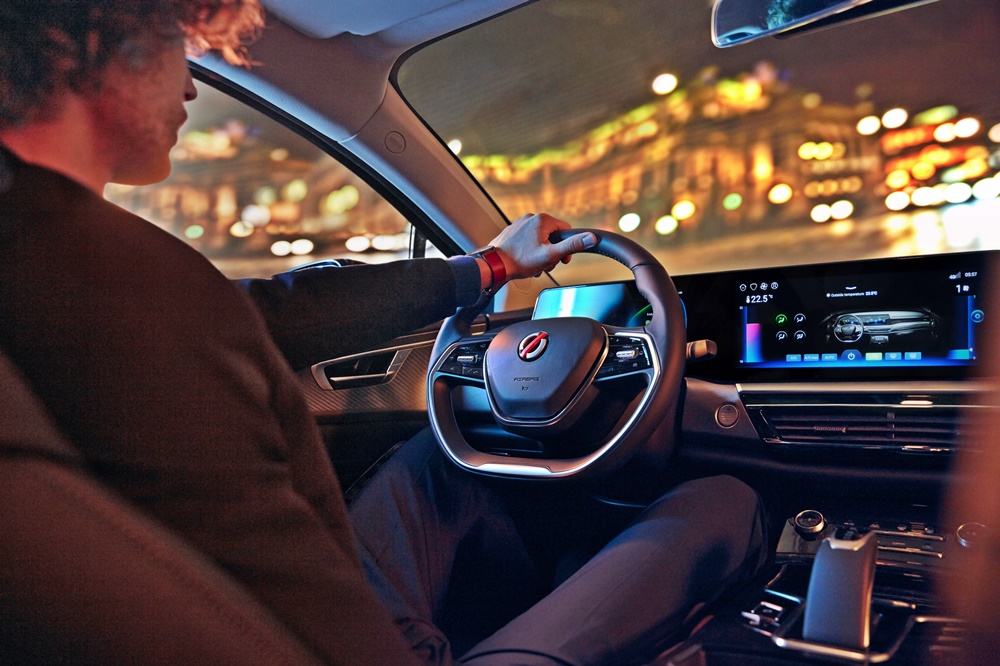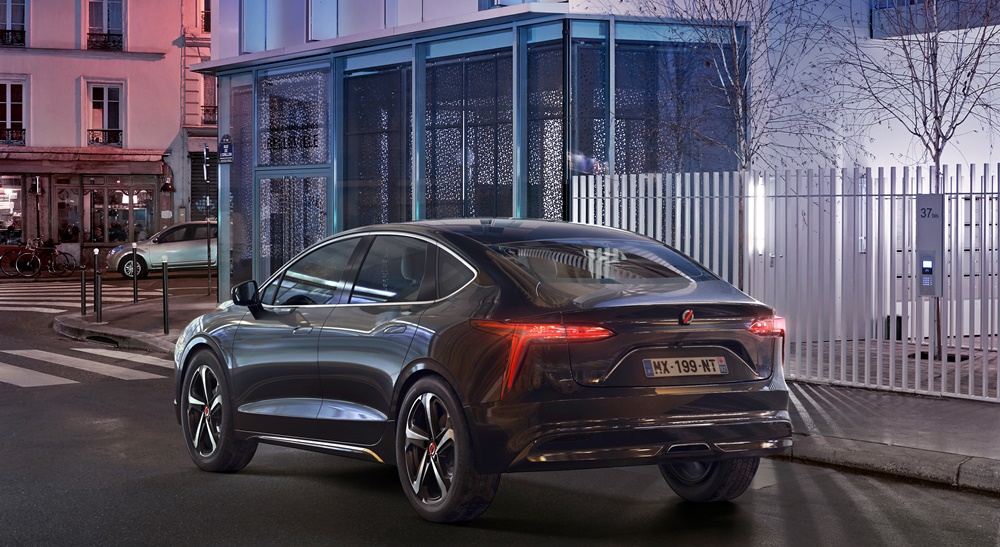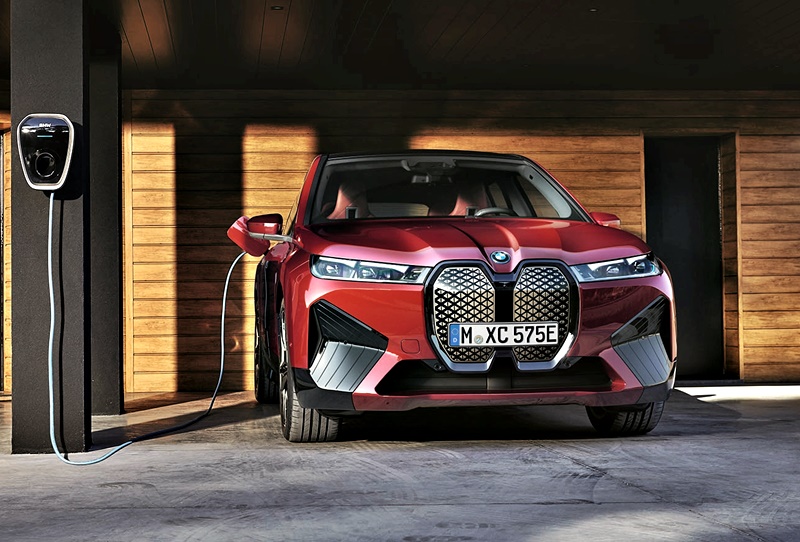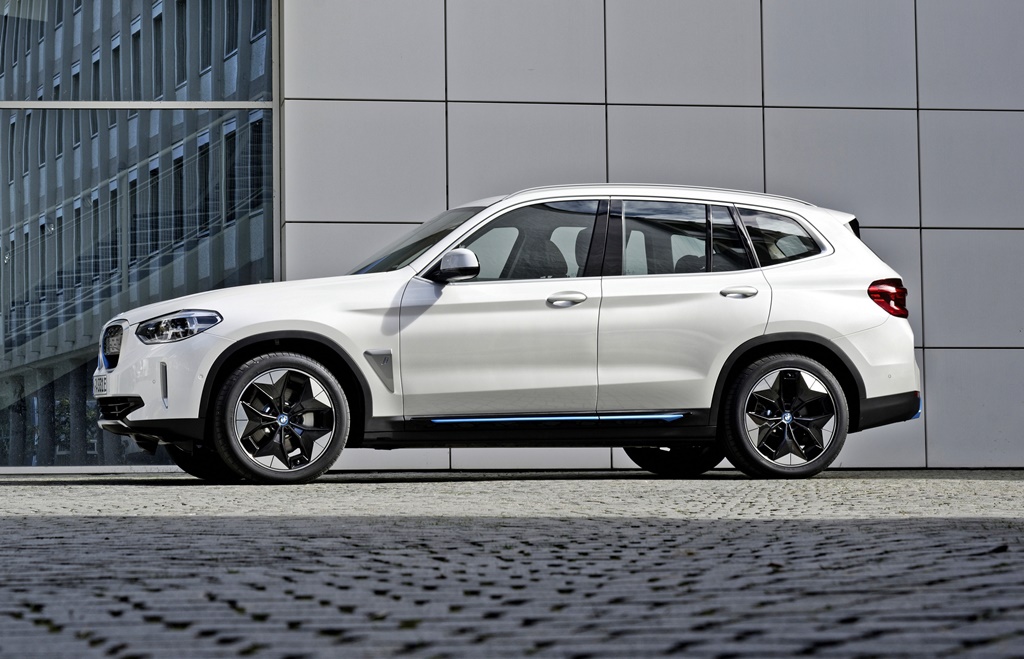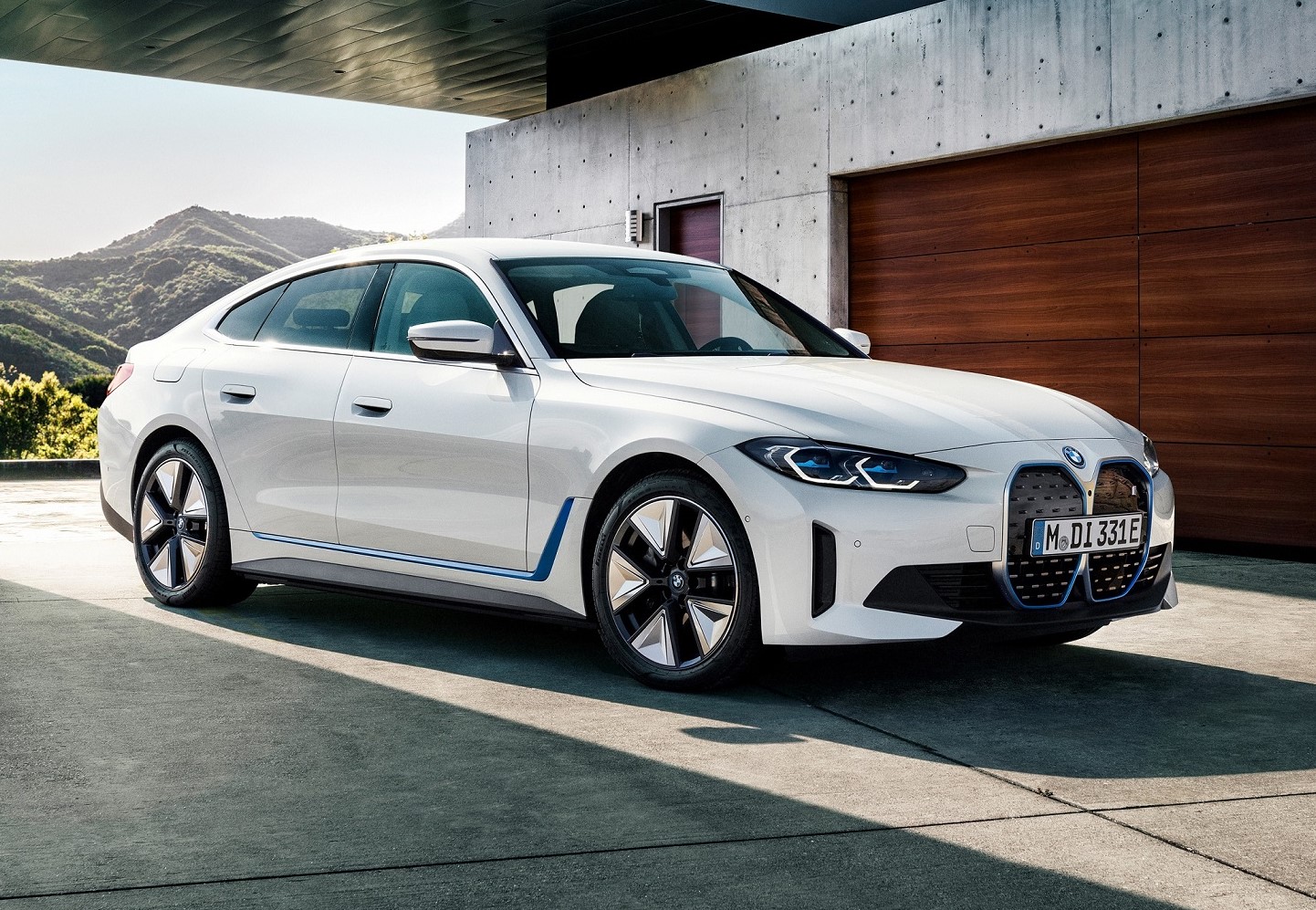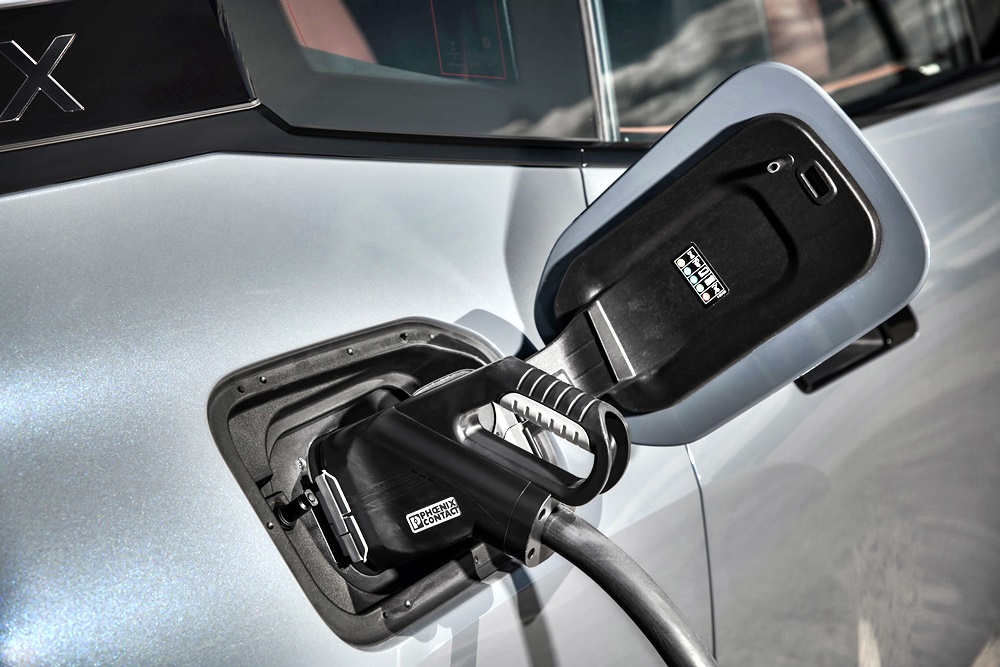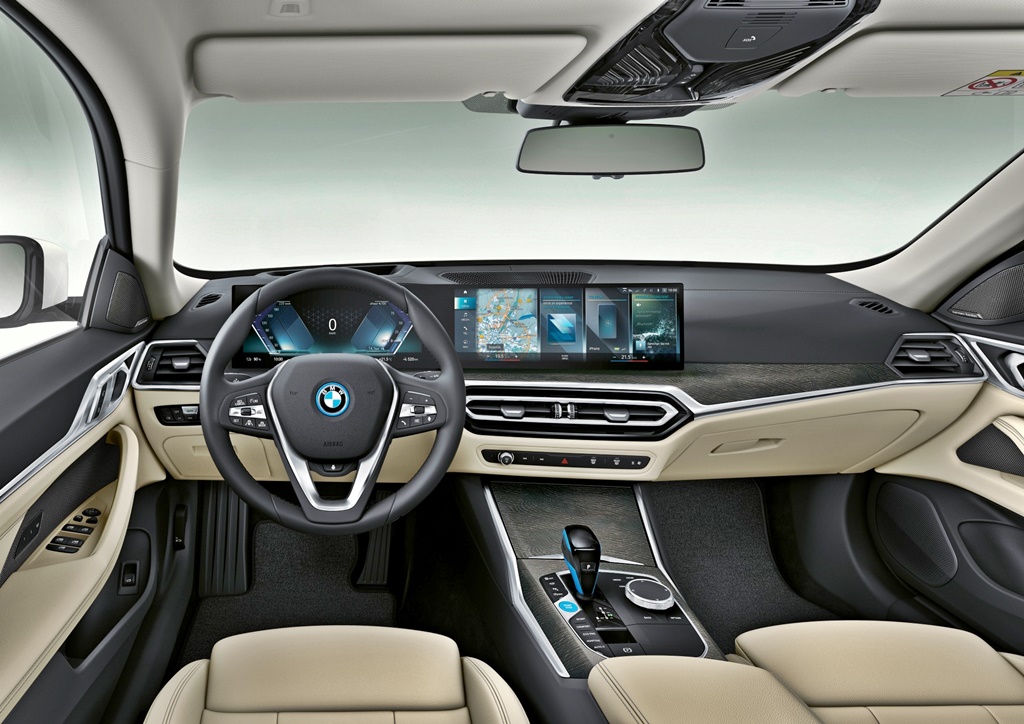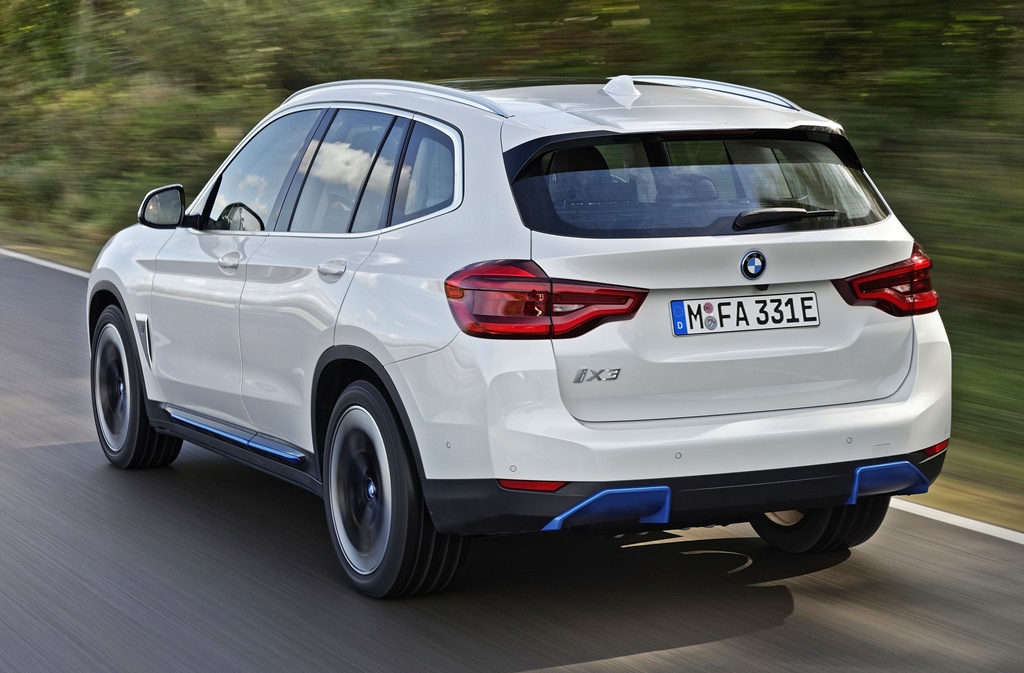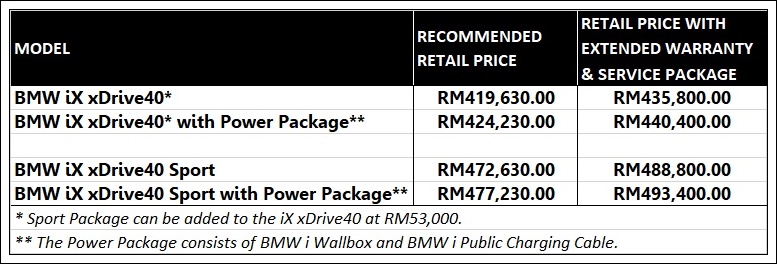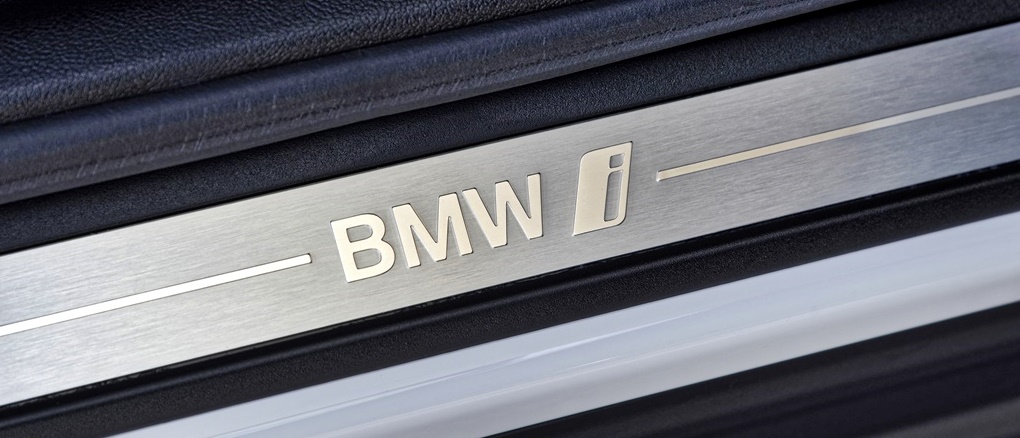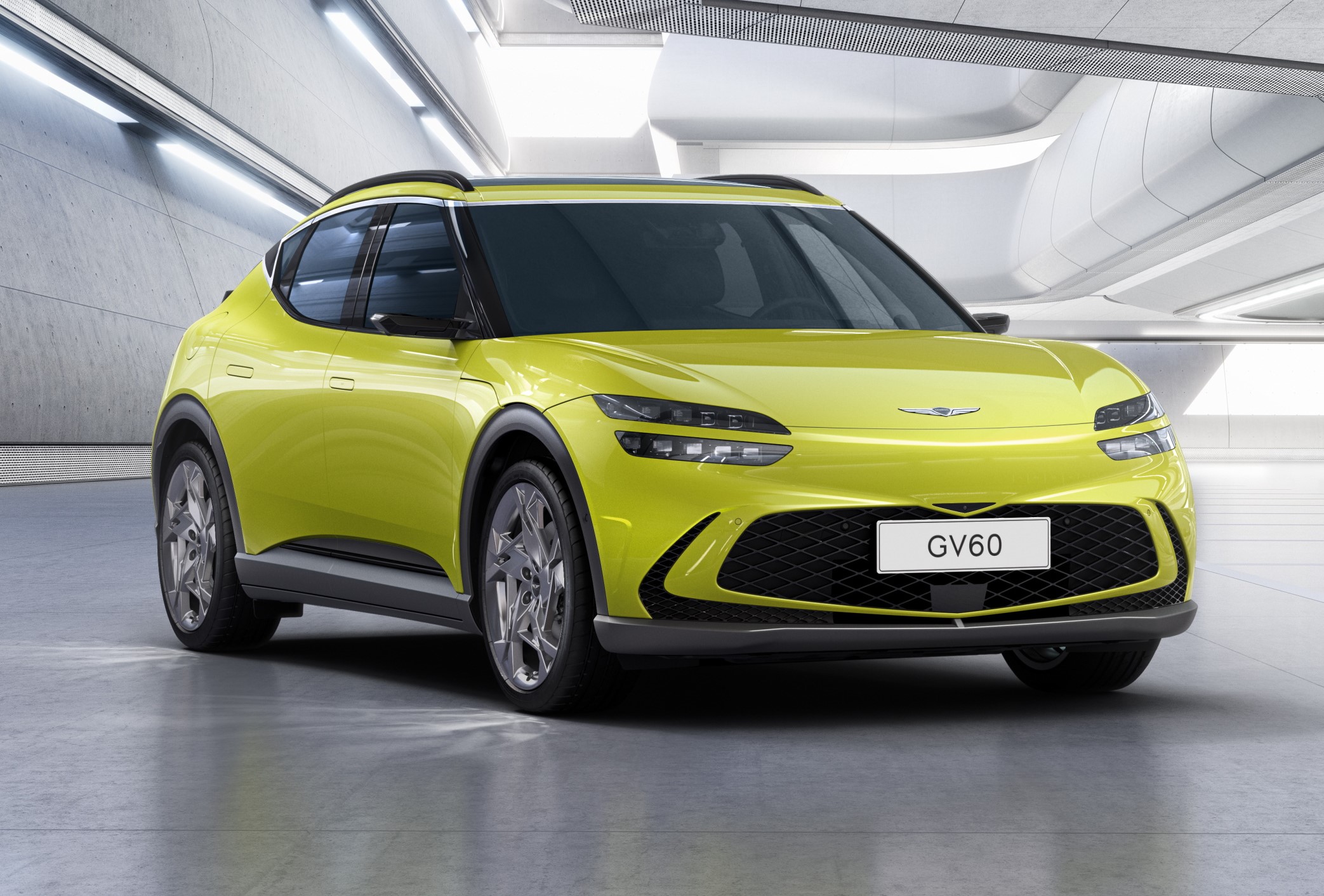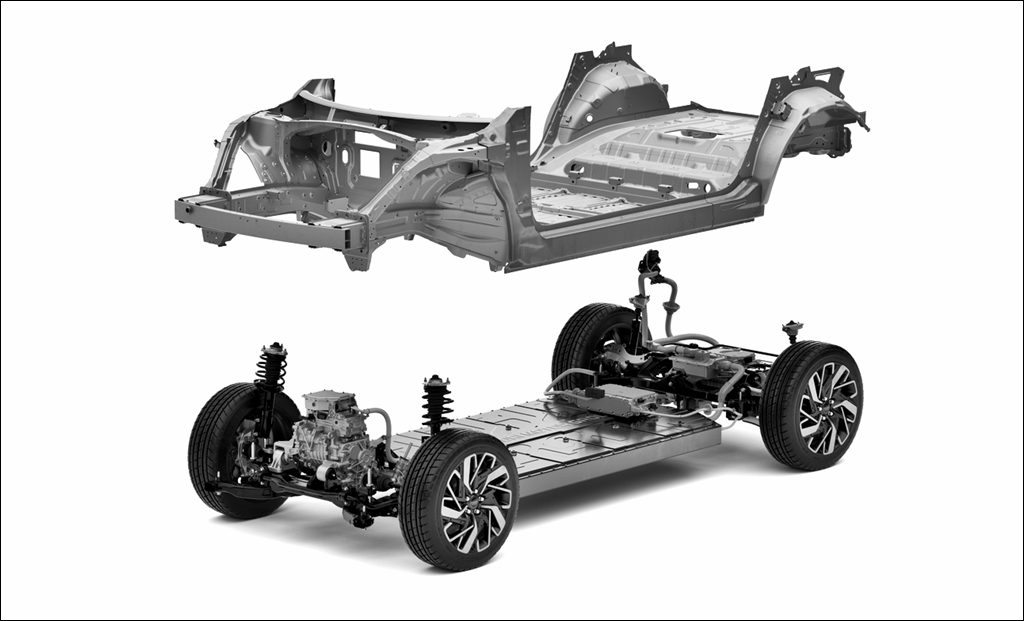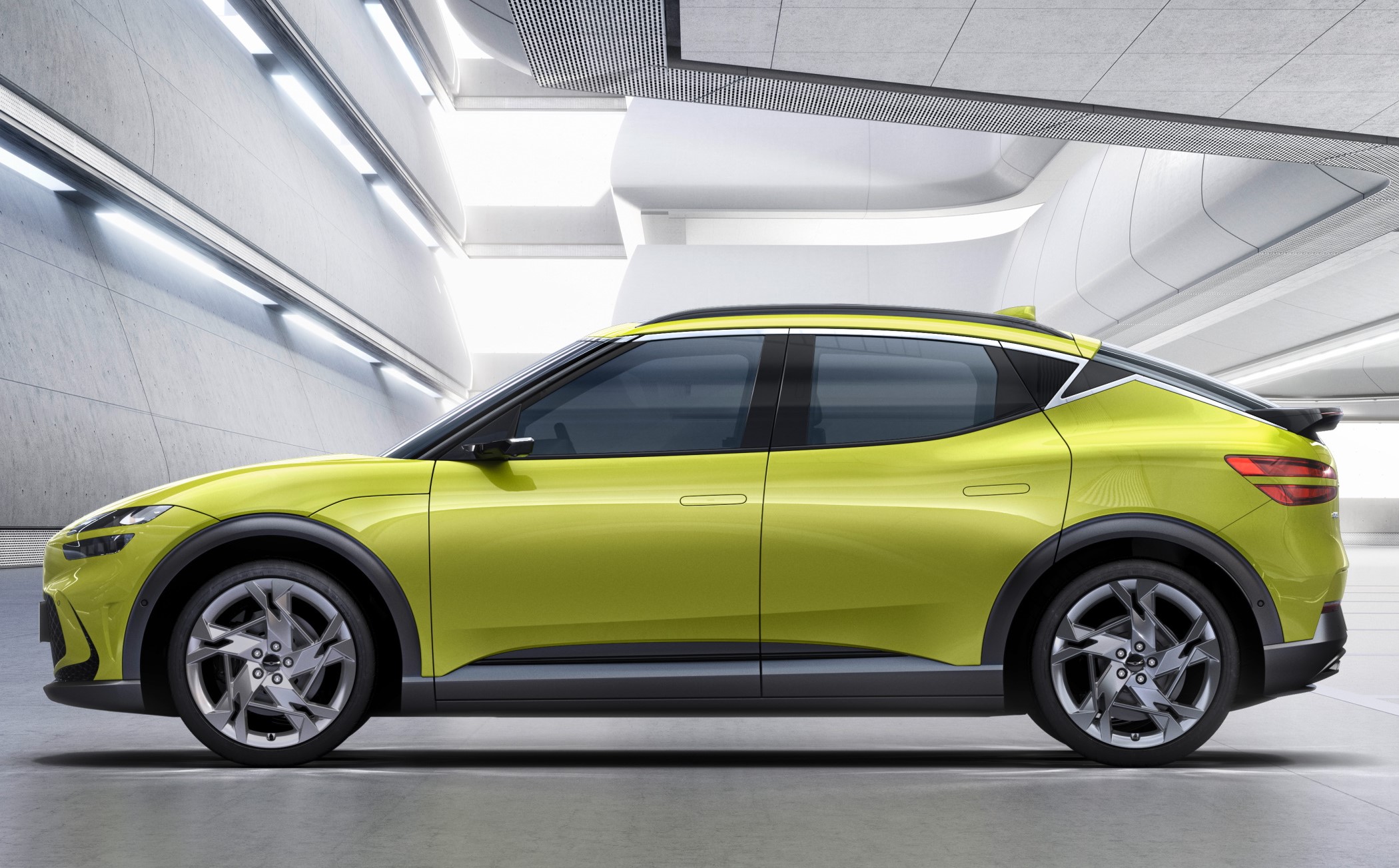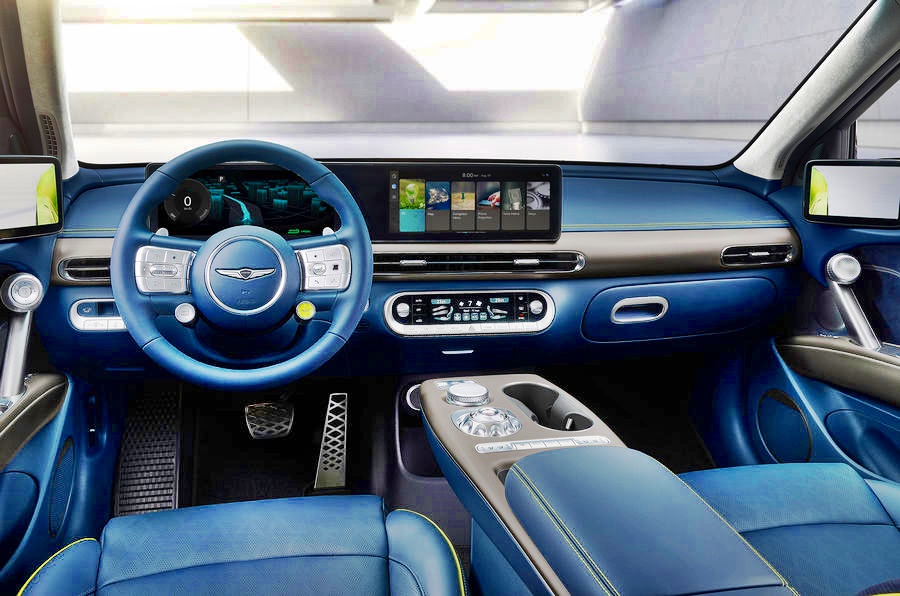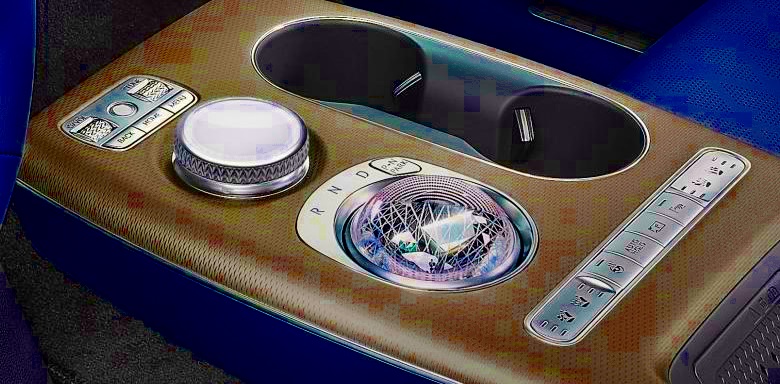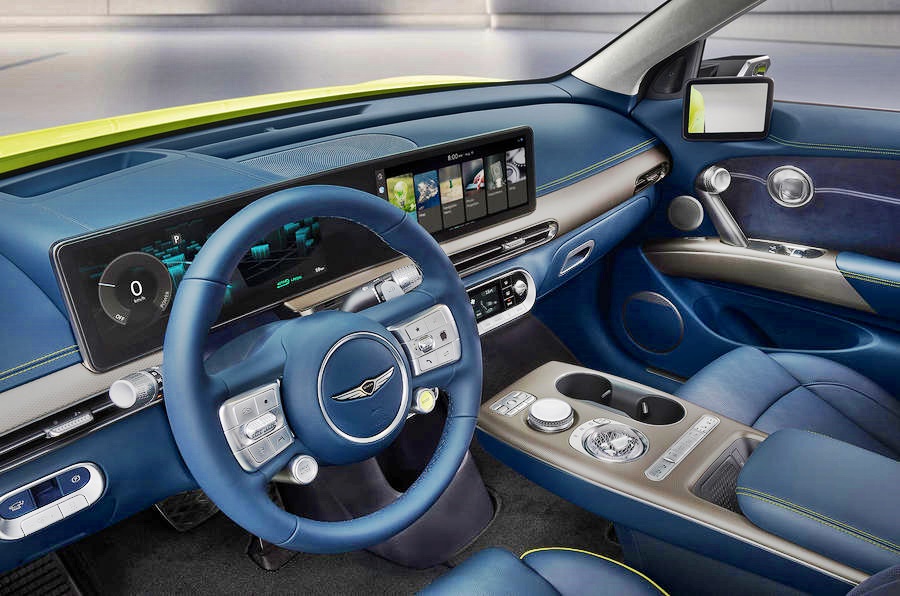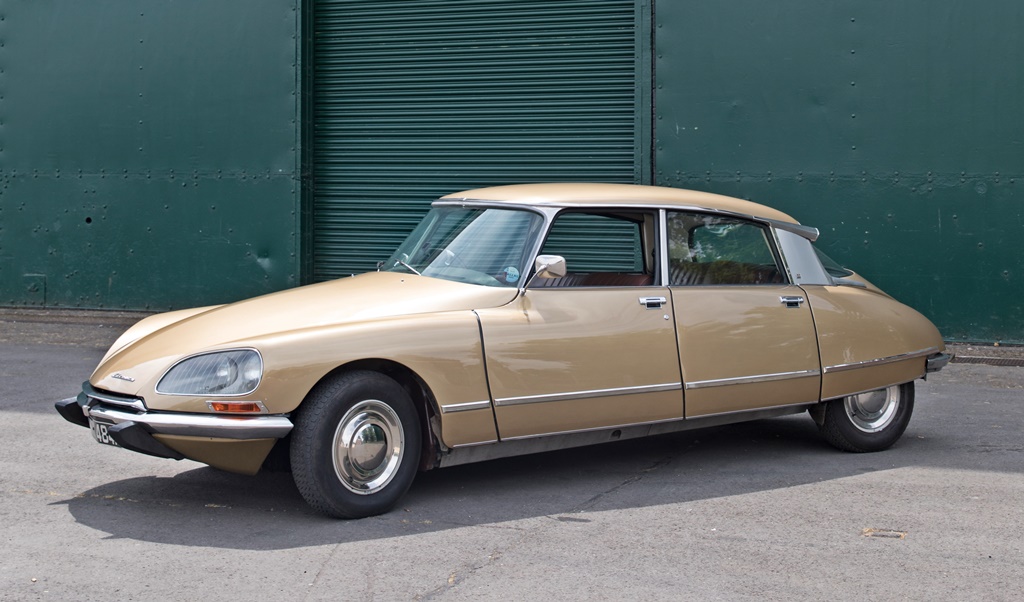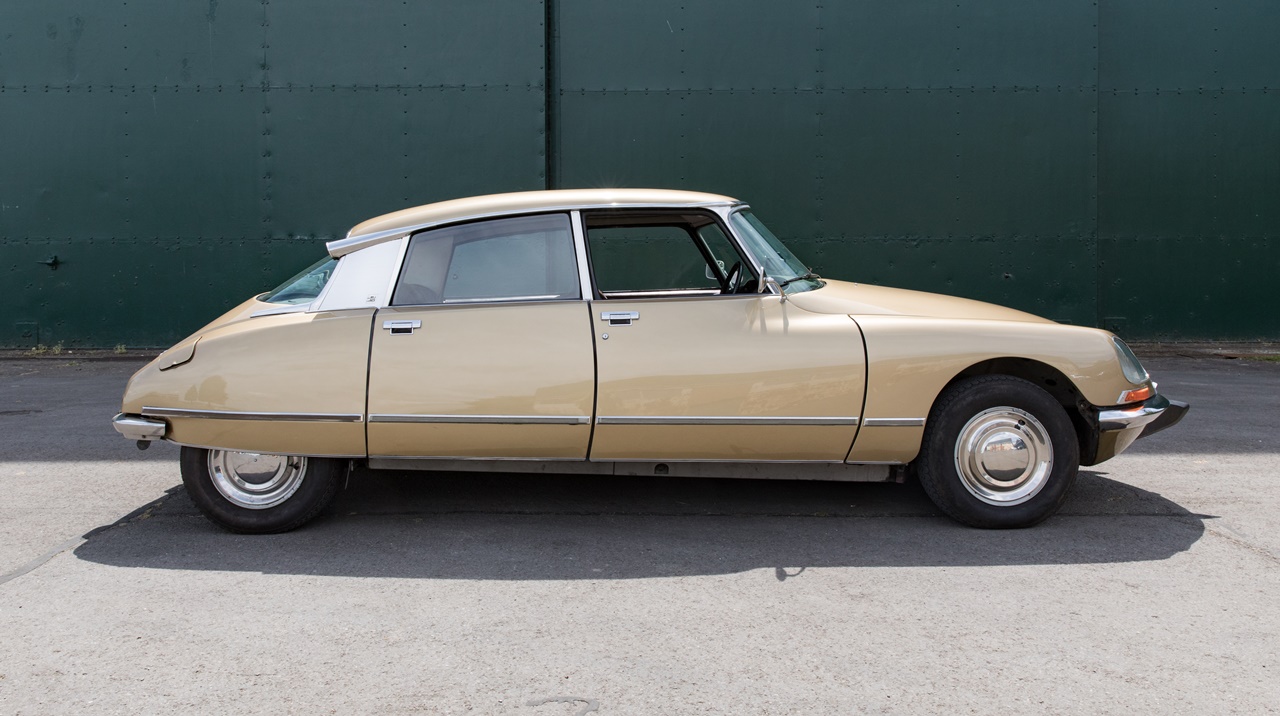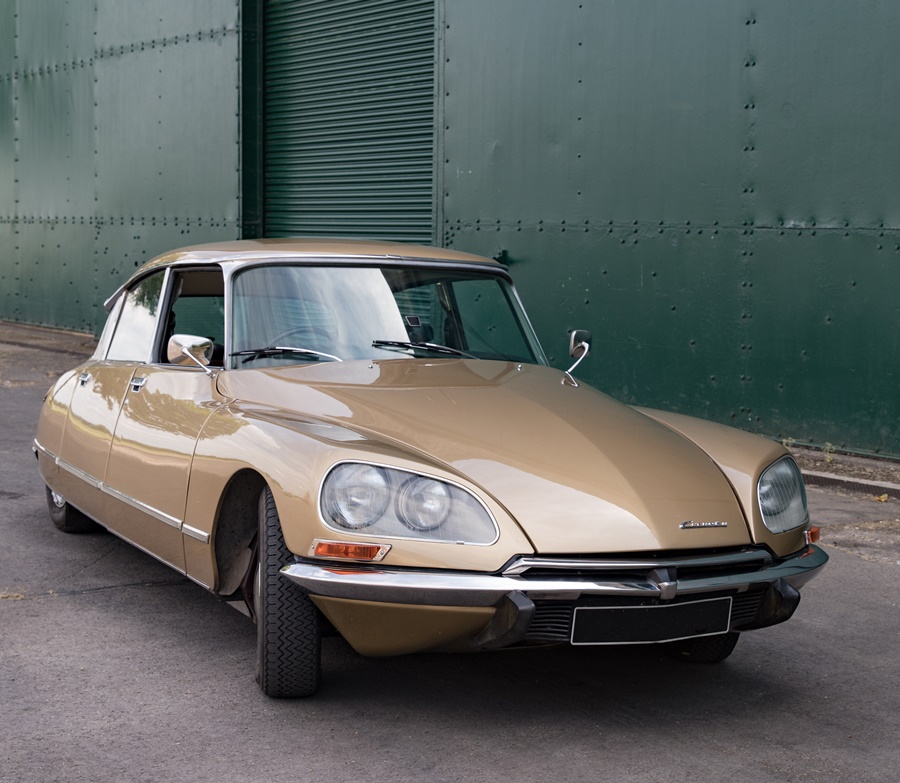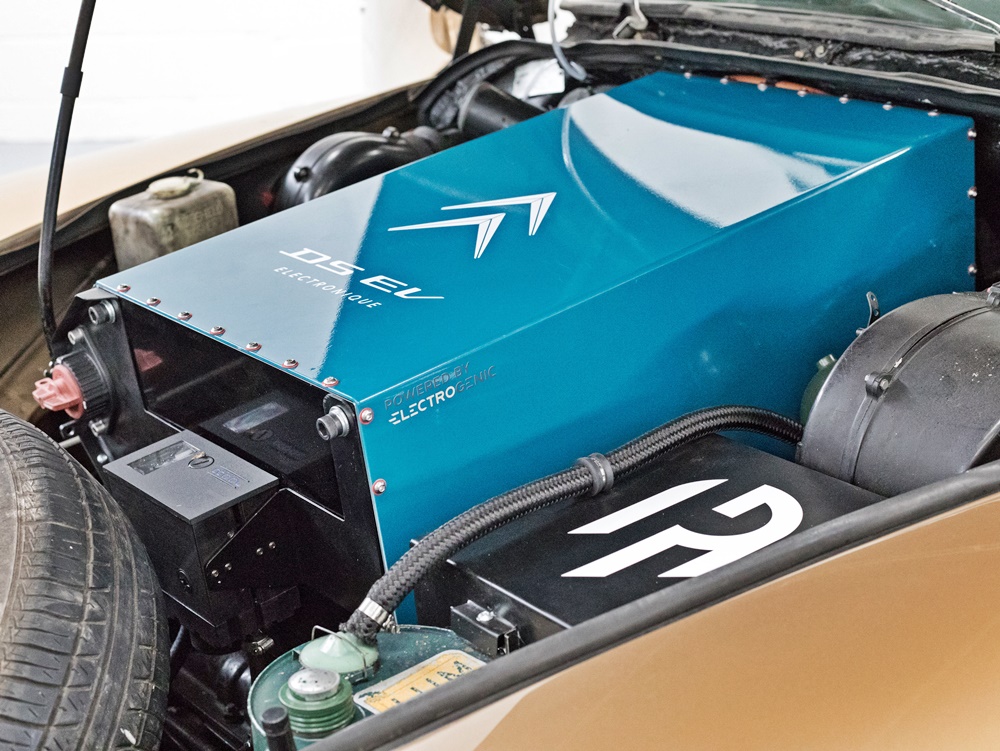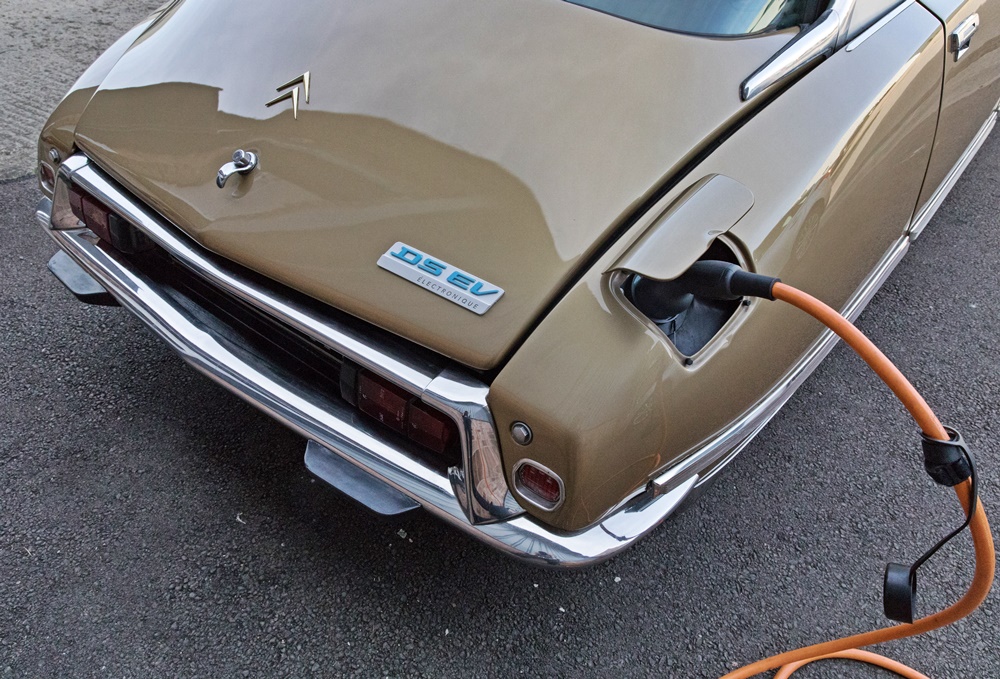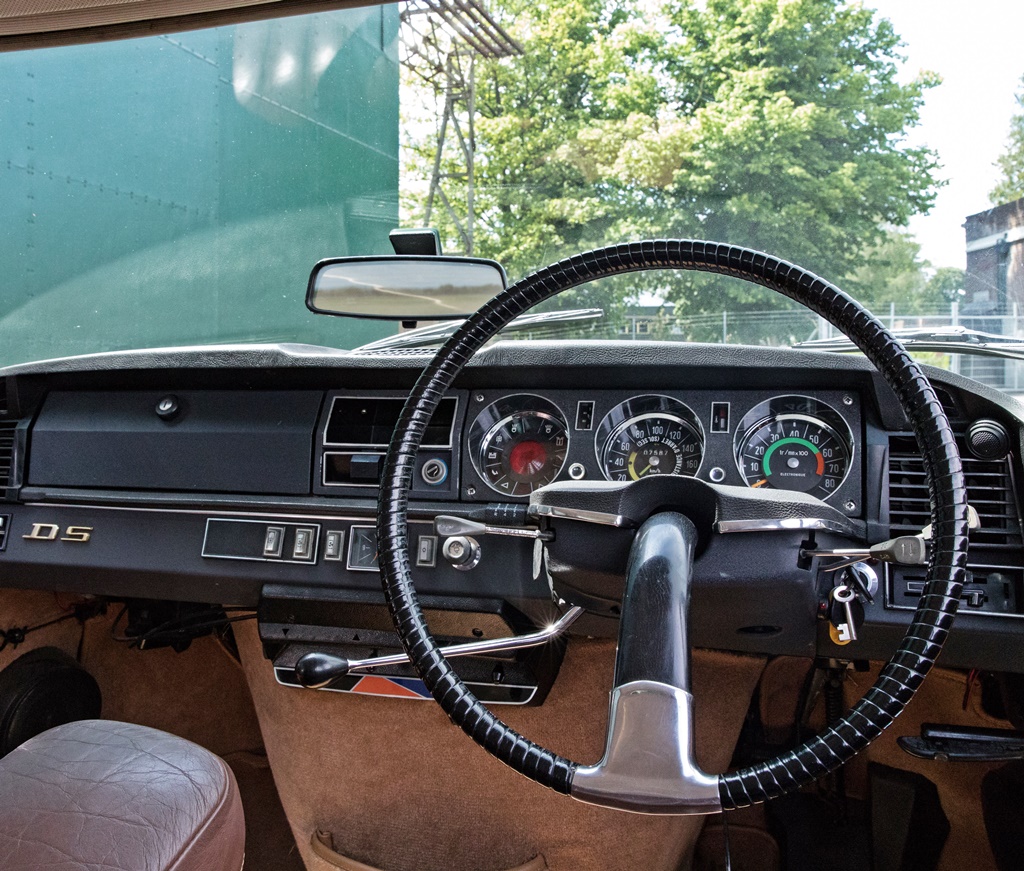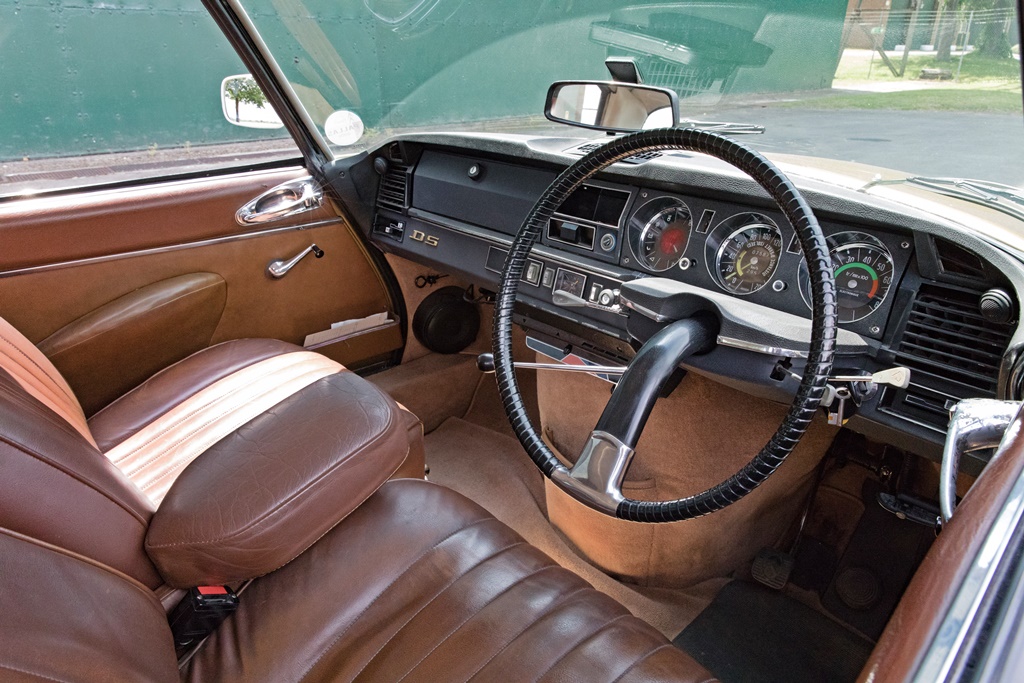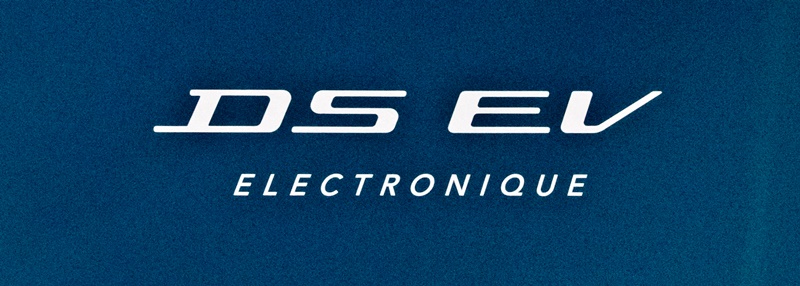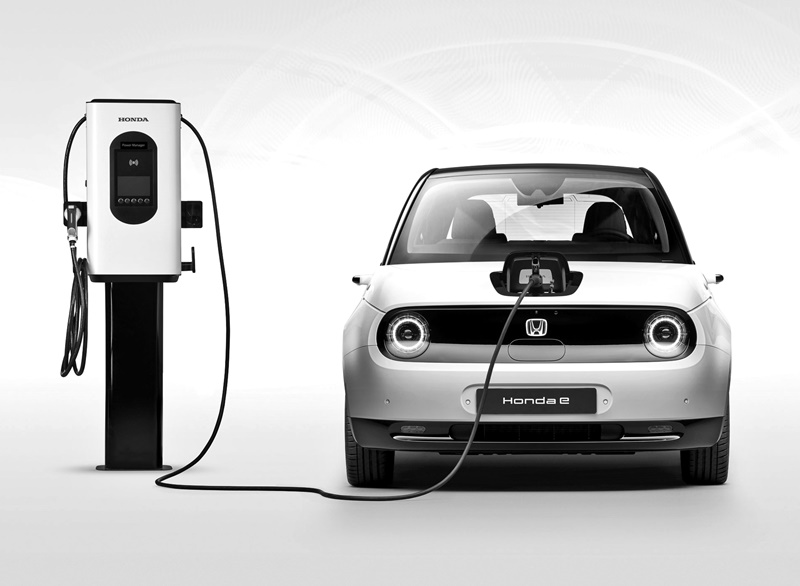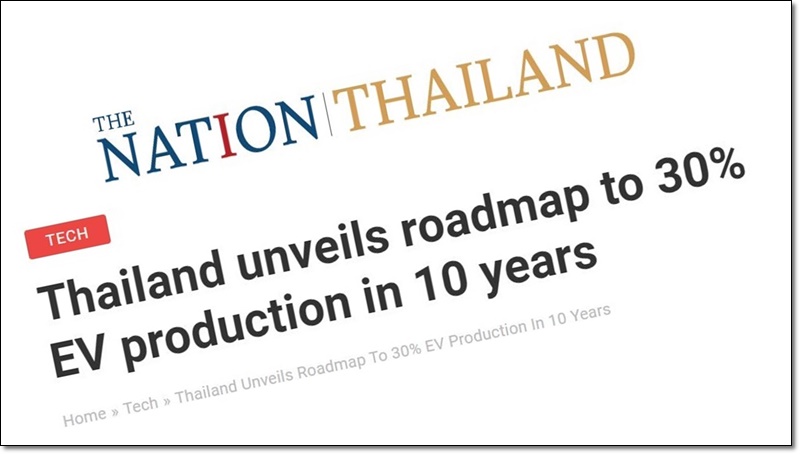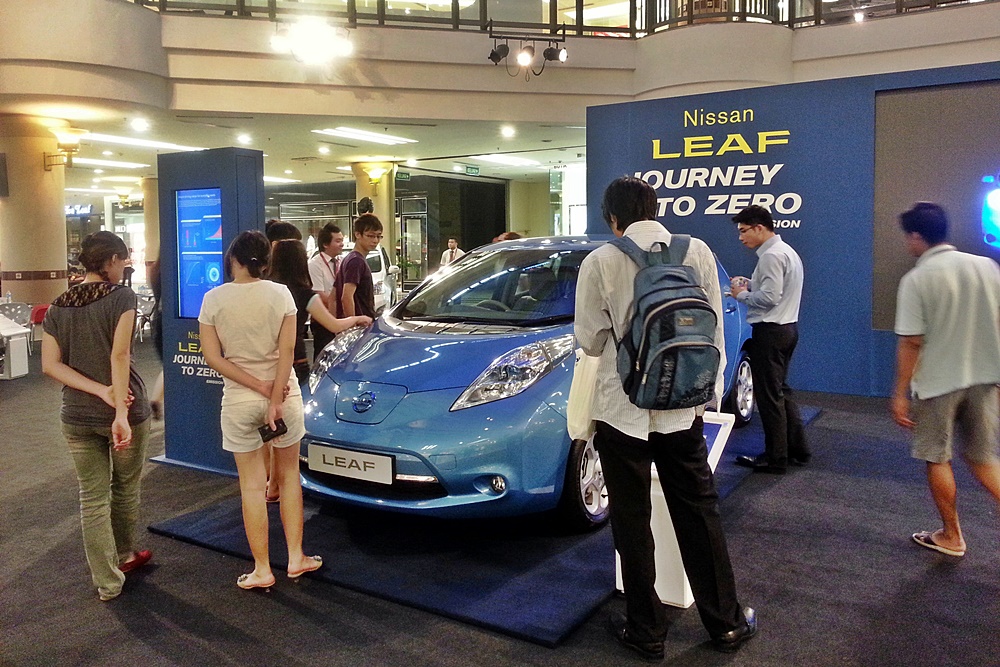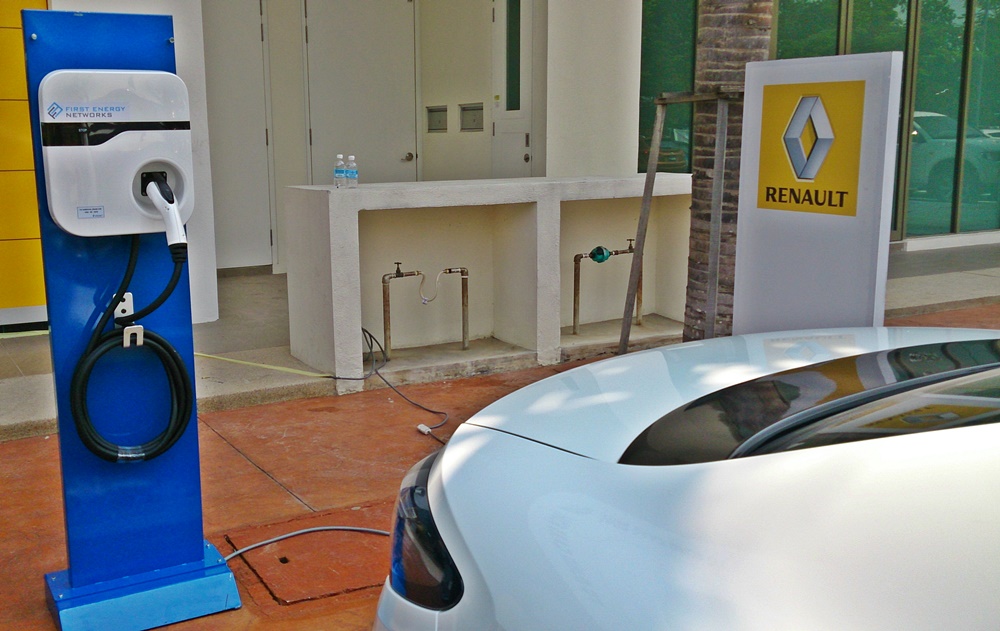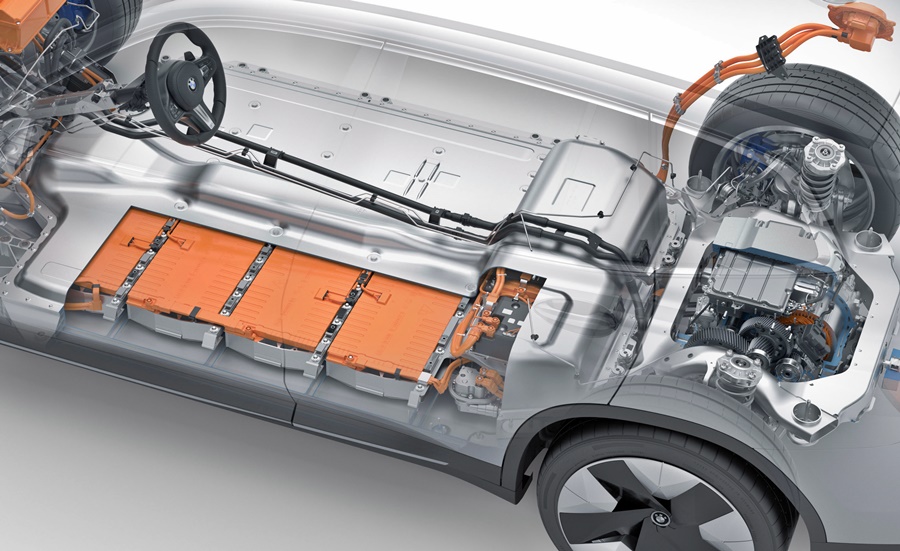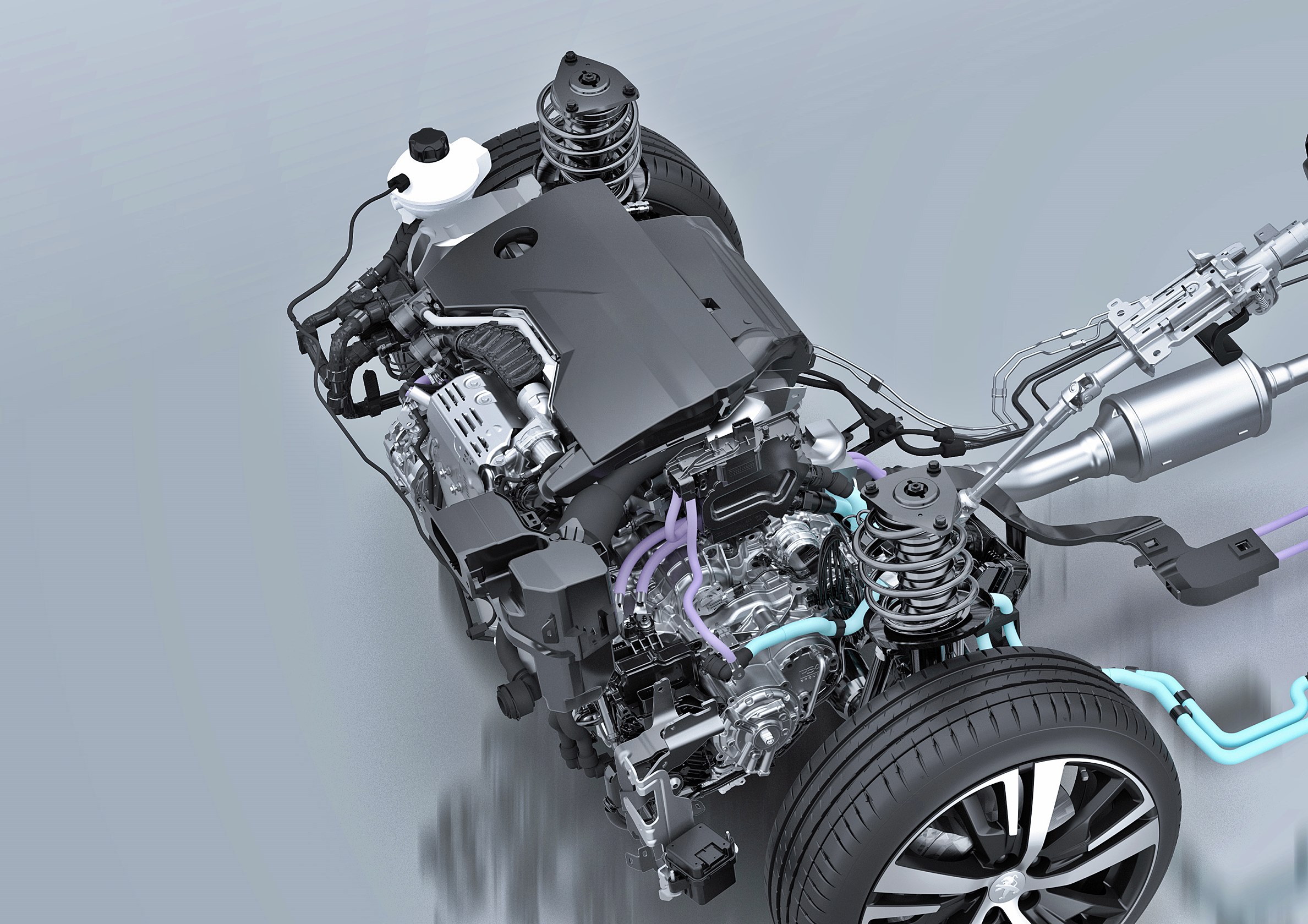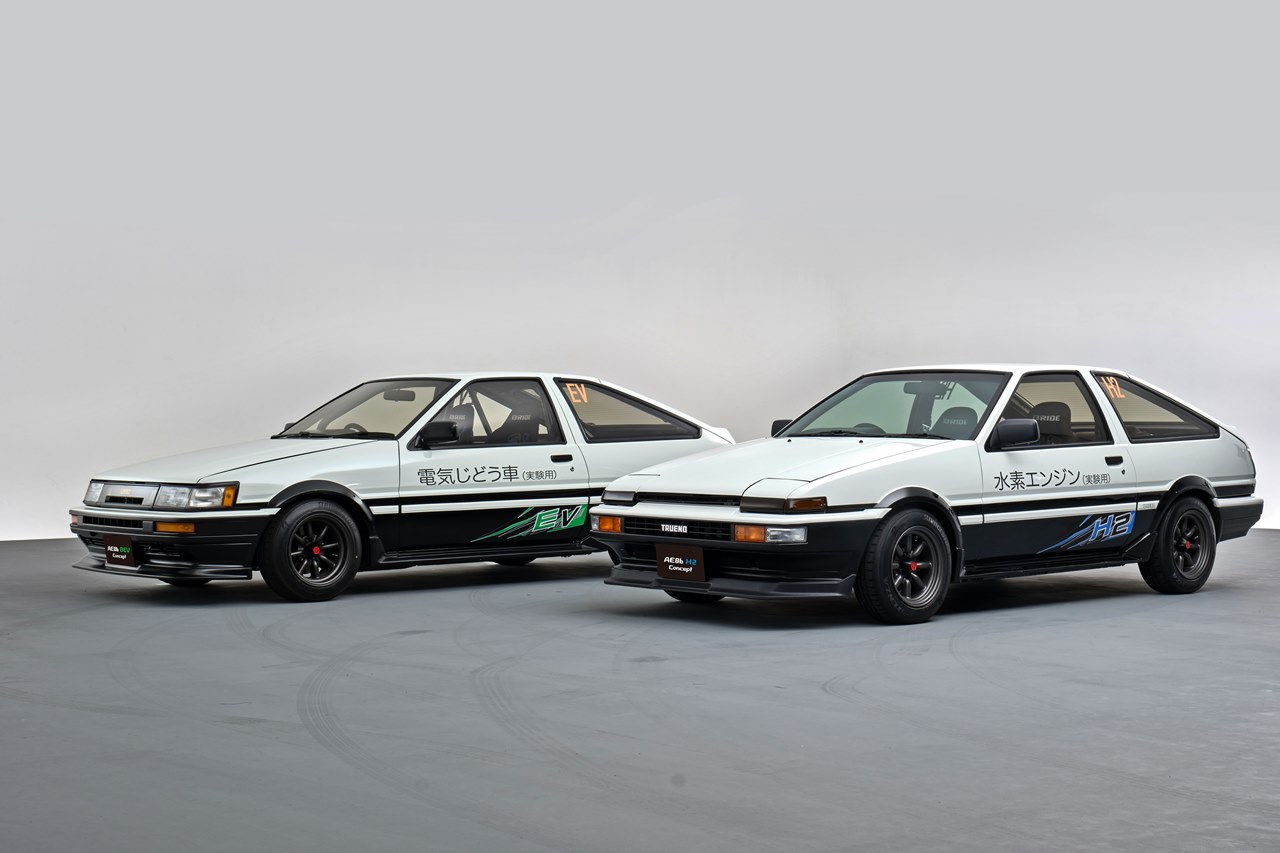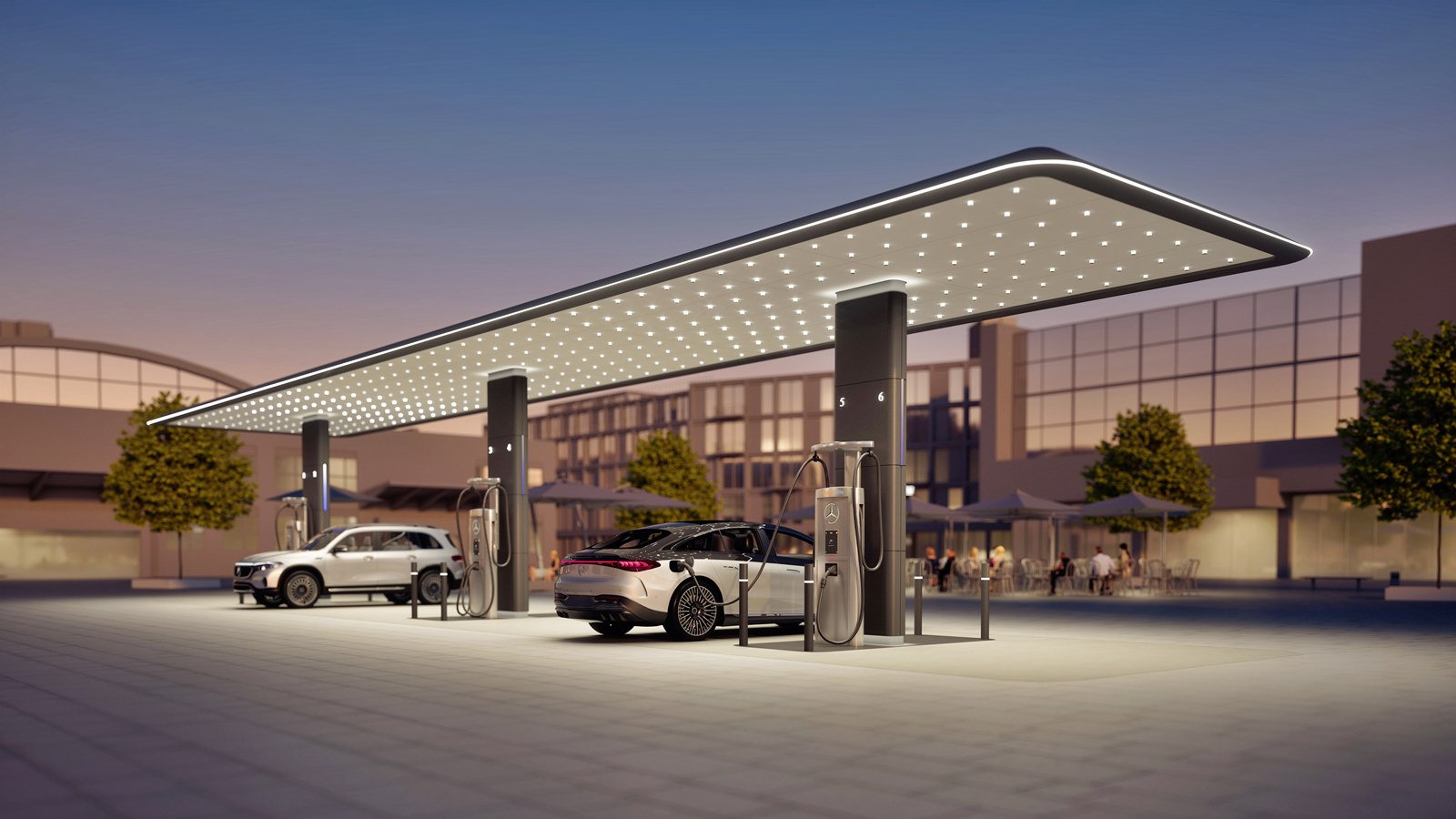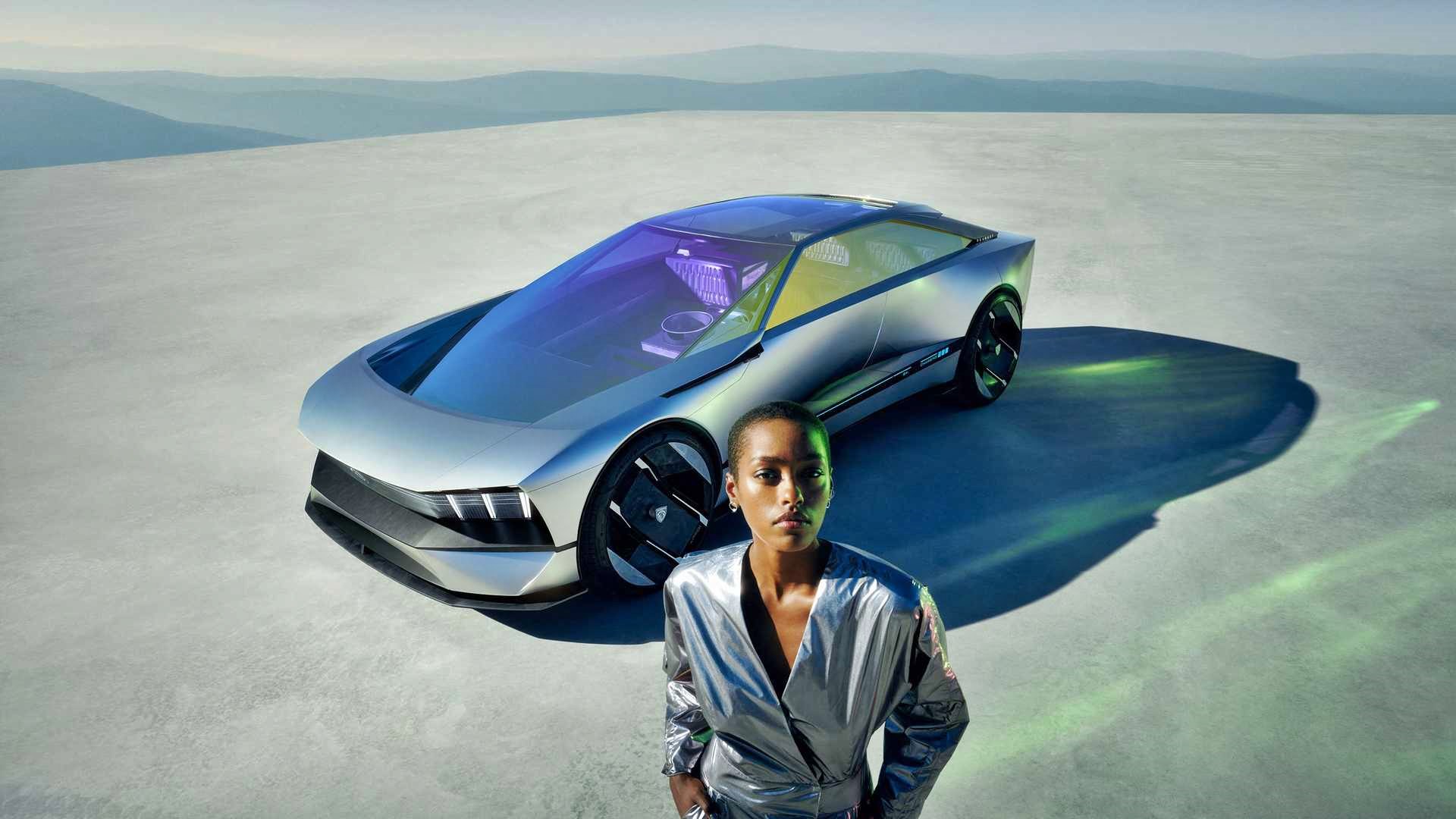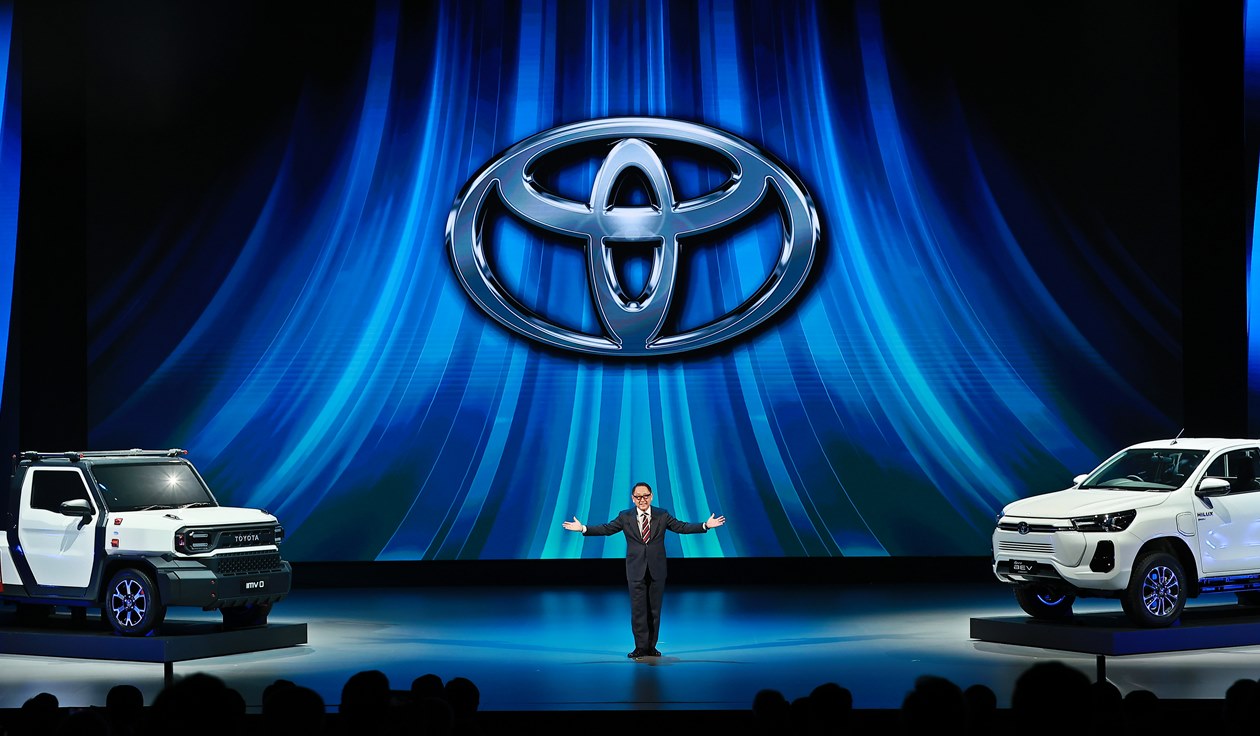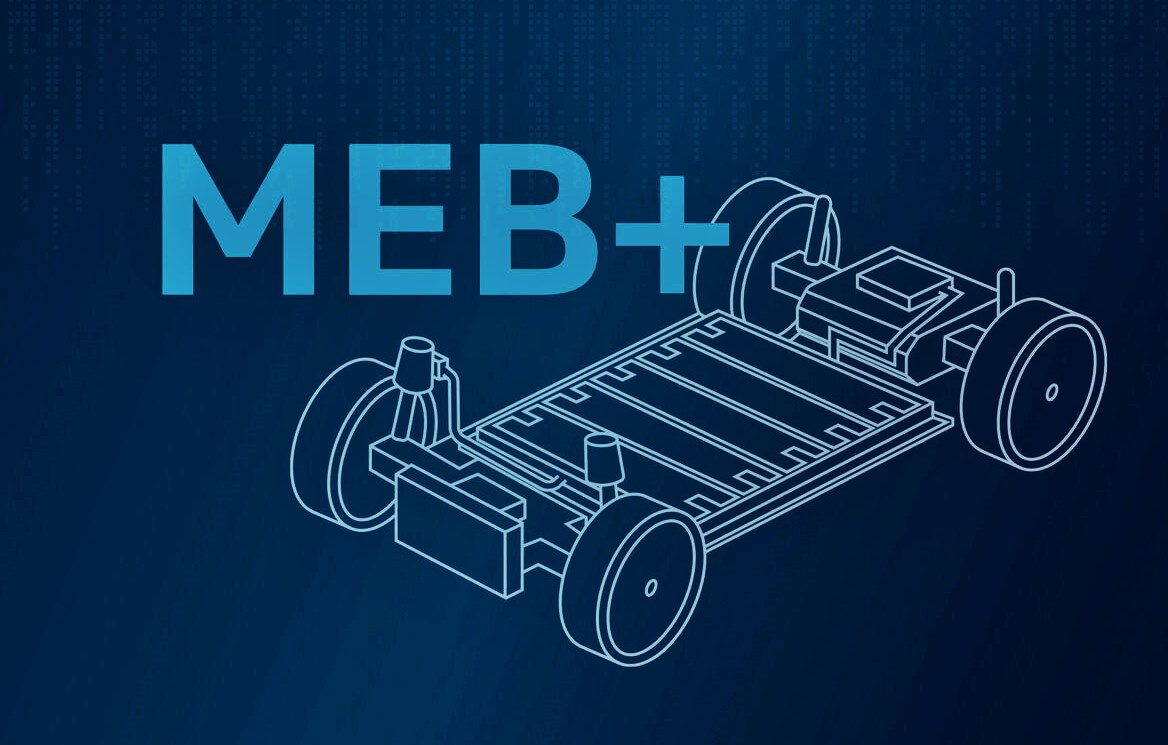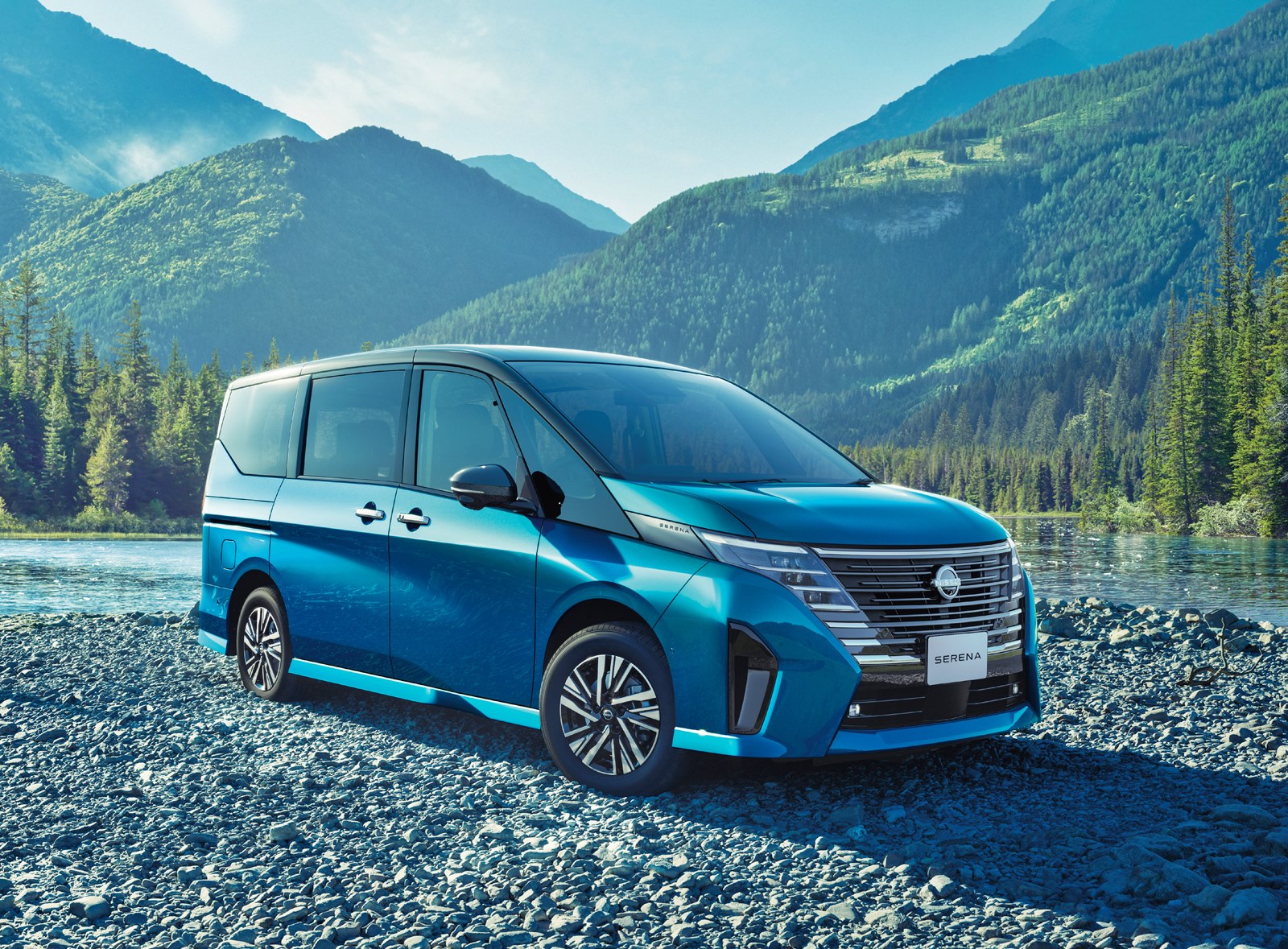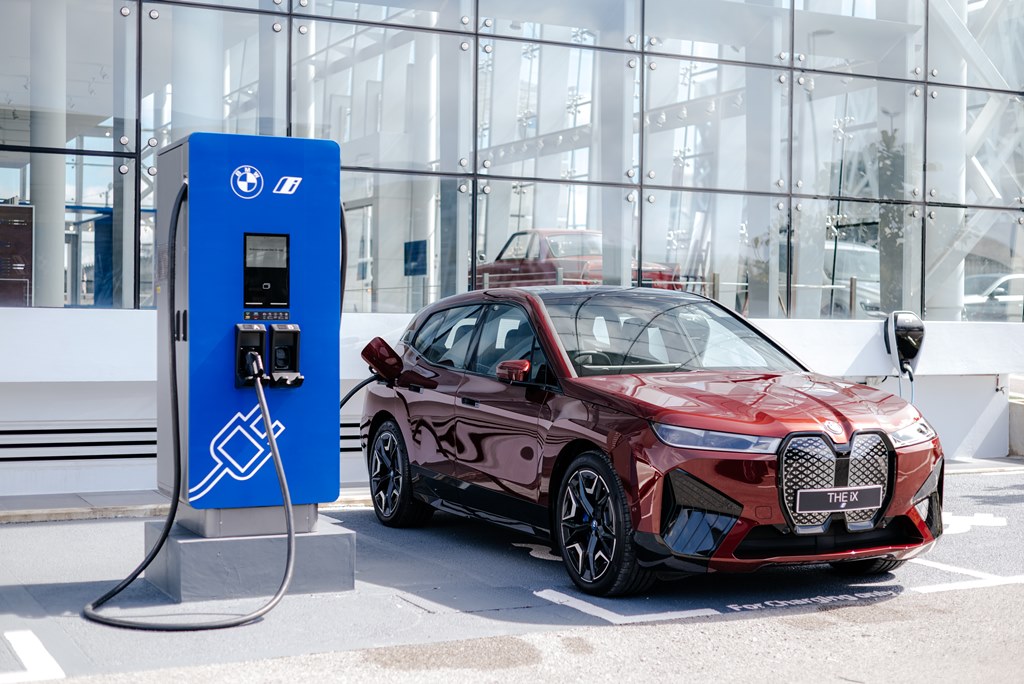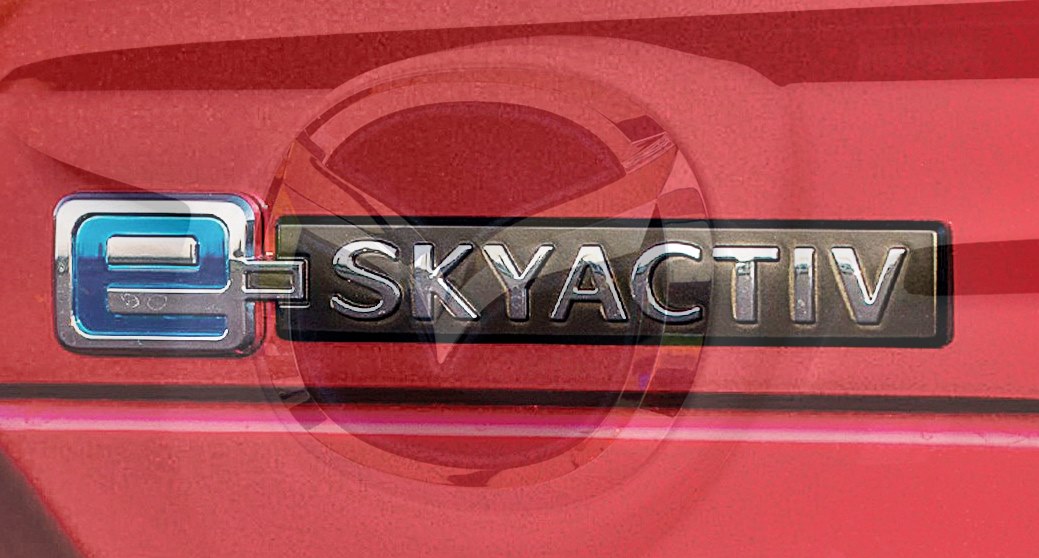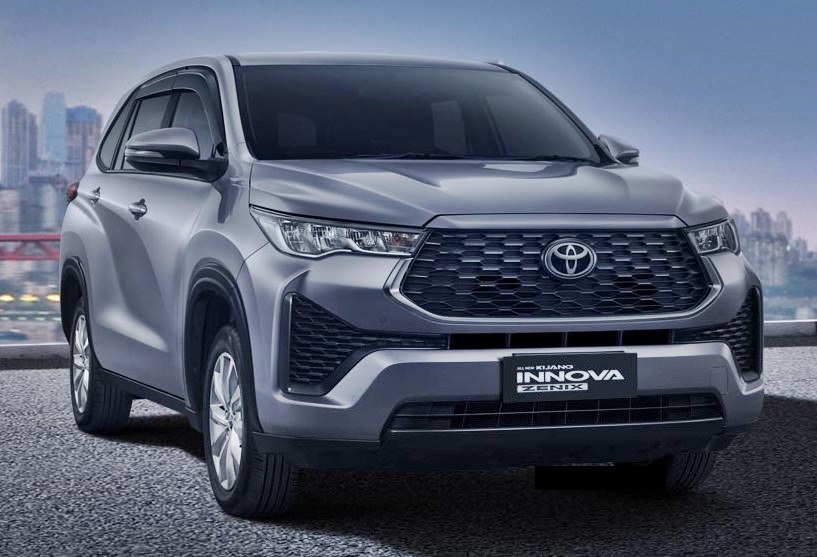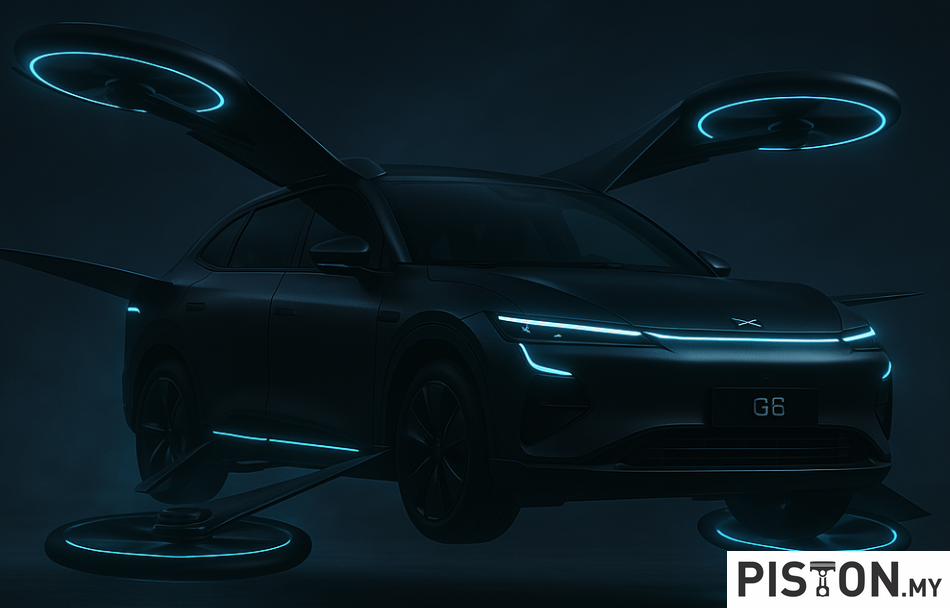There was a time when SUVs – vehicles for driving off the highway in rough terrain – would not have been seen as being relevant in the luxury class. Those who bought luxury cars wanted comfort and generally cruised around cities and travelling on highways to their mansions in the countryside. But times have changed and as SUVs became more comfortable and more ‘civilised’, just about every segment started to have one or more. And even Rolls-Royce has a SUV (the Cullinan), along with Bentley.
Mercedes-Maybach, also in that same stratospheric segment of the market, therefore could not ignore offering a SUV as well and while there is the very capable G-Wagen, it is not exclusive enough in concept so the brand has designed its own model based on the modular architecture for luxury and executive-class electric vehicles. This will be the brand’s second SUV after the GLS 600 4MATIC which was launched in 2019.
With the Concept EQS, Mercedes-Maybach is providing a preview of a future SUV model which will be appropriate for the brand as it joins the journey into a zero-emissions future of motoring. “Many of our Mercedes-Maybach customers are digitally connected to a high degree and place the highest demands on our digital solutions. They also expect the brand of their choice to stand up for sustainable values and take responsibility for the environment. The Concept Mercedes-Maybach EQS fulfils all these points and embodies sophisticated luxury in a more progressive way: the all-electric powertrain not only makes consistently sustainable mobility possible, but also enables a new level of calm and relaxation for passengers,” said Britta Seeger, Member of the Board of Management of Daimler AG and Mercedes-Benz AG, responsible for Marketing & Sales.
‘Near production’ model
The design is said to be ‘near production’ and shows identifying features that are characteristic of Maybach – such as the elaborate two-tone paint finish. It also has elements from the Mercedes-EQ family that is all-electric, with the appearance consistently following the concept of ‘purpose design’. The transition to a new technological era is recognisable at first glance.
Continuous transitions, without breaks and edges, characterise the seamless design. The expressive surface modelling and muscular shoulders are further characteristic features. And numerous chrome applications set brand-characteristic accents. The pronounced wheel wells with cladding in high-gloss black emphasise power and emotionality.
The upright black panel front also flows seamlessly into the wraparound bonnet and headlights. The LED light units showcase the lighting with individual diamond blocks framed with a fine-knit mesh of the Maybach emblem. The classic Maybach lettering on the front bonnet, the upright Mercedes star and the longitudinal chrome-plated trim strip in the centre of the bonnet are a tribute to tradition.
The aerodynamically optimised side running boards bear a customised inlay with the Maybach emblem. Generously dimensioned 24-inch light-alloy wheels in the Maybach ‘bowl’ design – with 5 short spokes and a flat centre section – as well as Maybach lettering, emphasise the exclusive appearance.
“With the Concept Mercedes-Maybach EQS, we’re transforming the brand into an electric future after 100 years. In conjunction with the new-style aerodynamic SUV proportions, we’re completely redefining the luxury SUV of the future,” said Gorden Wagener, Chief Design Officer Daimler Group.
Emotional and stylish statement
The interior of the Concept Mercedes-Maybach EQS is just as emotional and stylish a statement as the exterior – realised completely virtually. The lounge character promises luxurious travel at the highest level. The front seats show parallels to the Mercedes-Maybach S-Class. The First-Class rear suite with two generous individual seats – also inspired by the S-Class – as well as the High-End Rear Seat Entertainment System will offer the highest level of comfort on board. And because the SUV concept allows for more seat height, the calf rest could be made even larger.
Plenty of freedom of movement
The centre console appears to float like a continuous ribbon from the cockpit to the rear seats, creating a particularly light and elegant impression of space with plenty of freedom of movement. In combination with many indirect and direct ambient lighting features, the impression of space and interior components appear visually lighter and also seem to float.
The standard vase insert invites you to bring seasonally appropriate floral decorations and thus nature into the interior of the Maybach. Underneath, a large storage area offers plenty of space for utensils or for individual equipment options such as folding tables, a box of champagne goblets or a refrigerated compartment.
Newly designed door panels with floating armrests and controls with the appearance of elegant sideboards emphasise the simultaneously luxurious and modern character of the interior. The concept for colours and materials has been inspired by the world of fashion. Perfect craftsmanship, high-quality materials and extraordinary details show a new level of exclusivity.
For the concept model, the colour combination of white and a deep, dark blue creates a spacious and technically sophisticated environment. A special highlight is the trim element in a white chrome look. Its rosé gold-coloured pilaster strips follow the shape perfectly. Additional rose gold-coloured accents create an ideal contrast and contribute significantly to the luxurious feel of the interior.
Another unexpected contrast is brought to the interior by a fashion-inspired, progressive textile of the highest quality. It is used generously around the rear-seat area, while flashes of it also appear in further details in the interior. A progressive graphic printed on leather in the roof liner area demonstrates the perfect fusion of a traditional luxury material with modern technology.
Maybach-specific display styles
Needless to say, the dominant MBUX Hyperscreen is present up front, with Maybach-specific display styles and content. This large, curved screen unit is composed of 3 screens under a glass cover that appear to merge into one.
With adaptive software thanks to artificial intelligence, MBUX adapts completely to its user. It makes personalised suggestions for numerous infotainment, comfort and vehicle functions. With the zero-layer menu, the most important applications are always offered on the top level within the field of vision, according to situation and context. Searching through submenus is no longer necessary.
The market launch of the production version of this Maybach SUV is not known but the company says that its powertrain will be similar to another all-electric SUV, the EQS, will be in showrooms in 2022. What is already known about this EQ SUV model is that it will be a high-performance model with two powerful electric motors to give all-wheel drive. A range of 600 kms is expected, depending on usage conditions.




